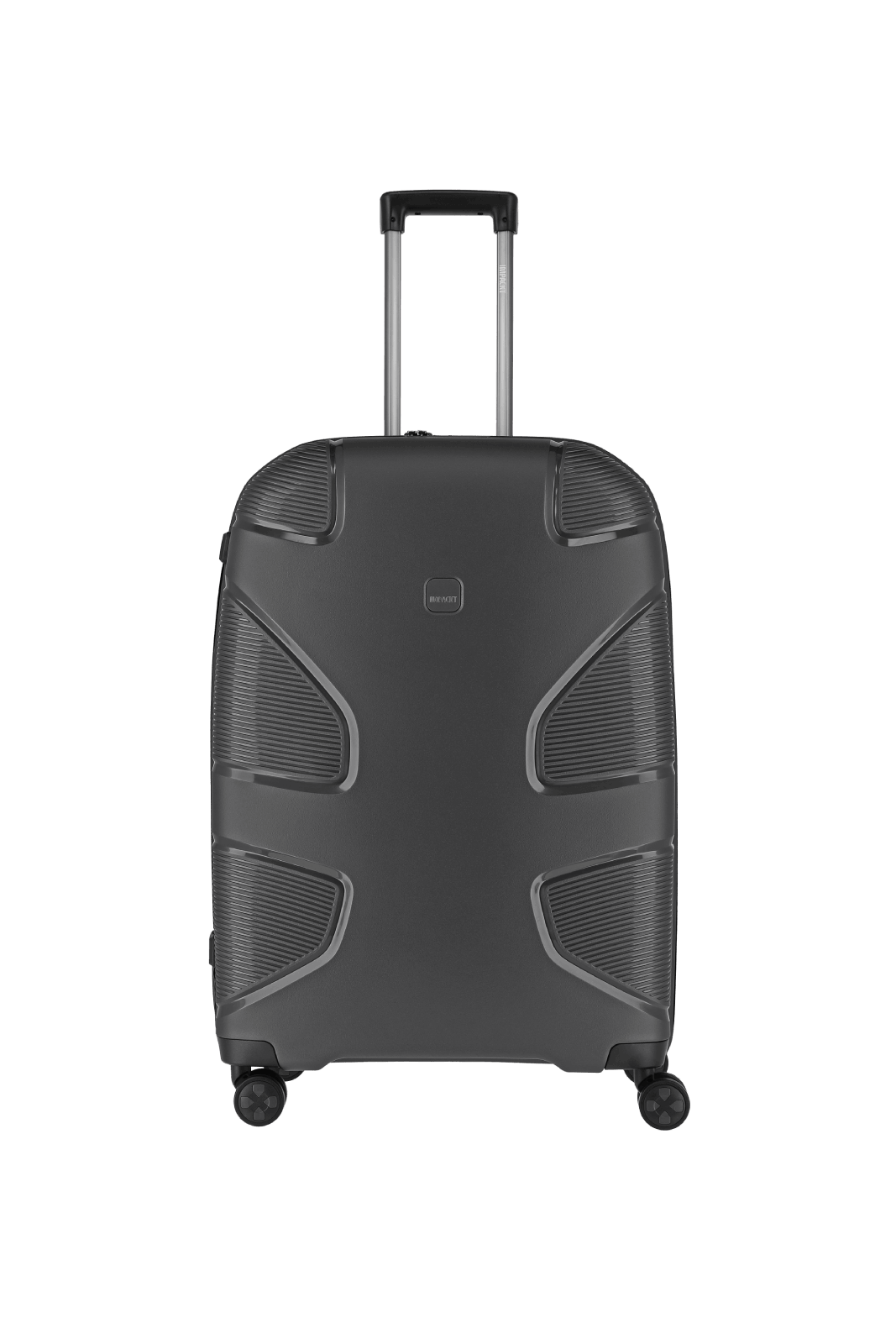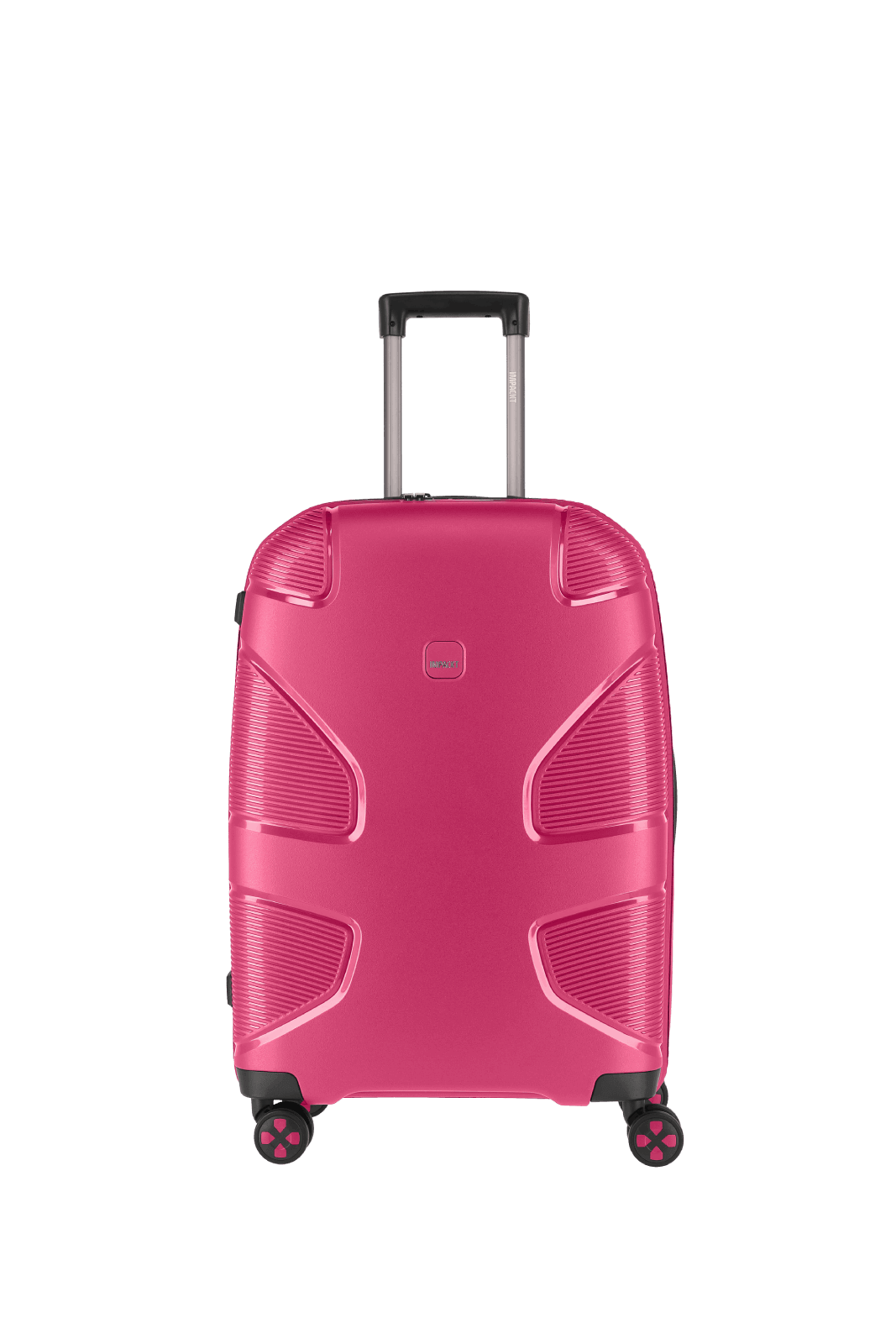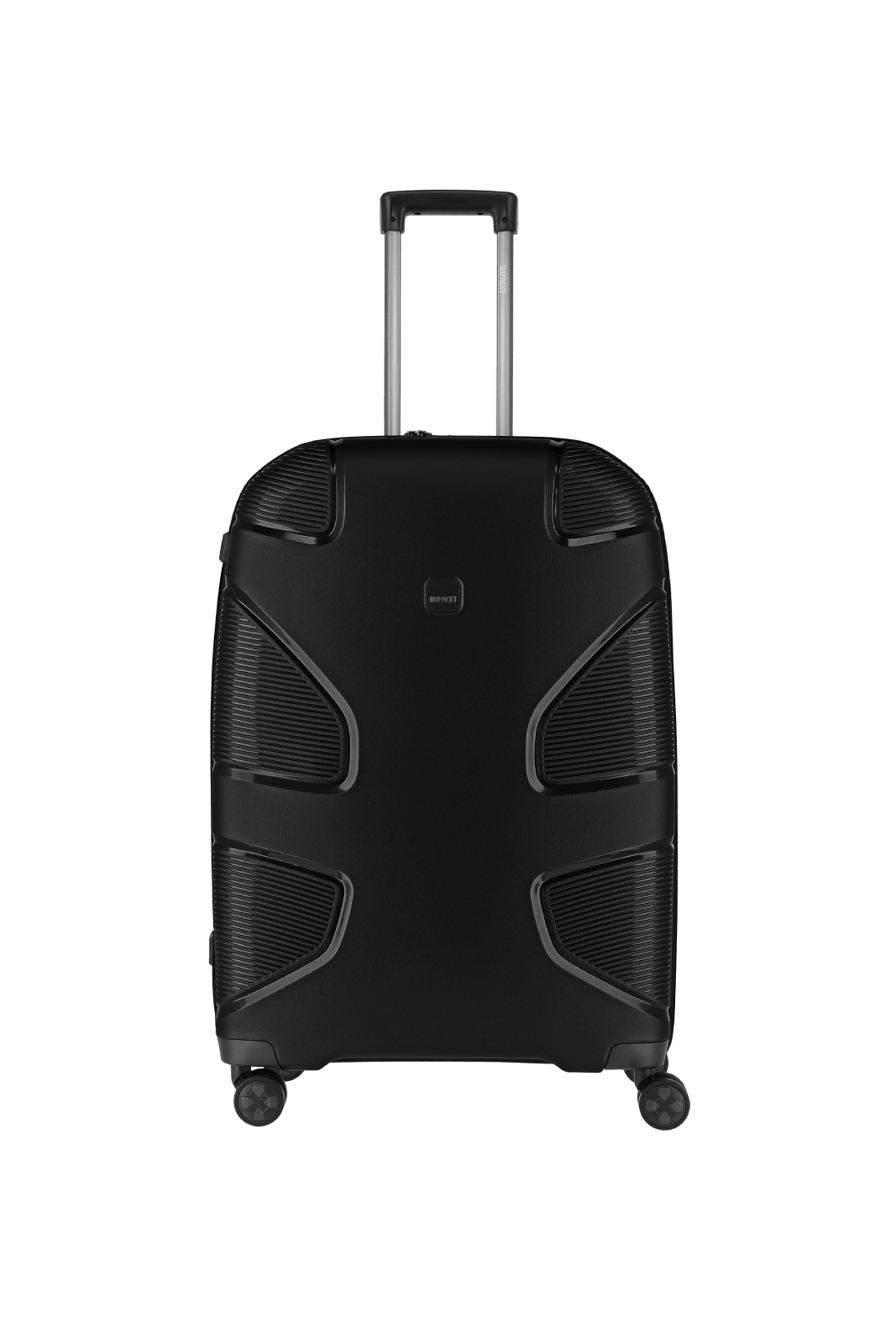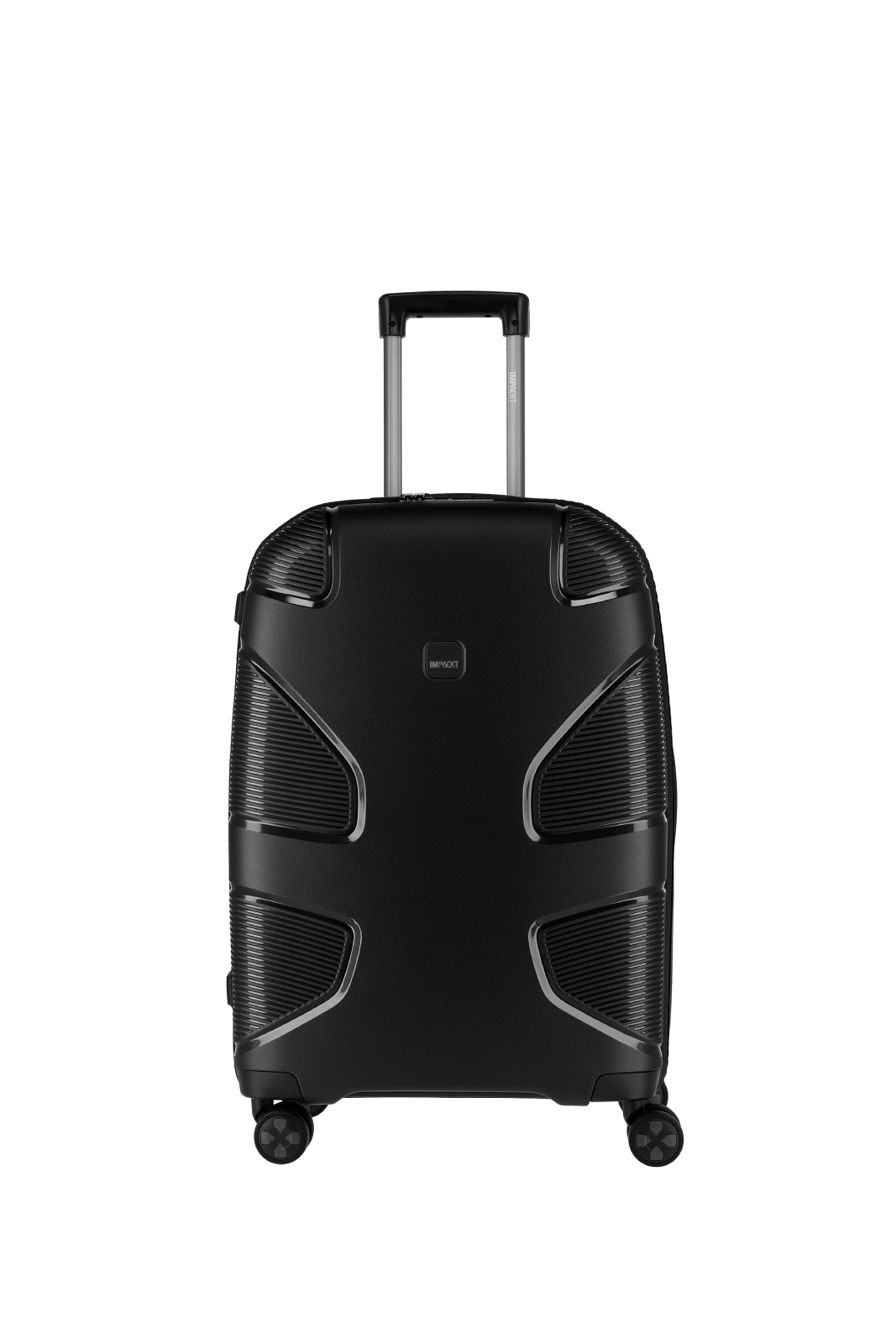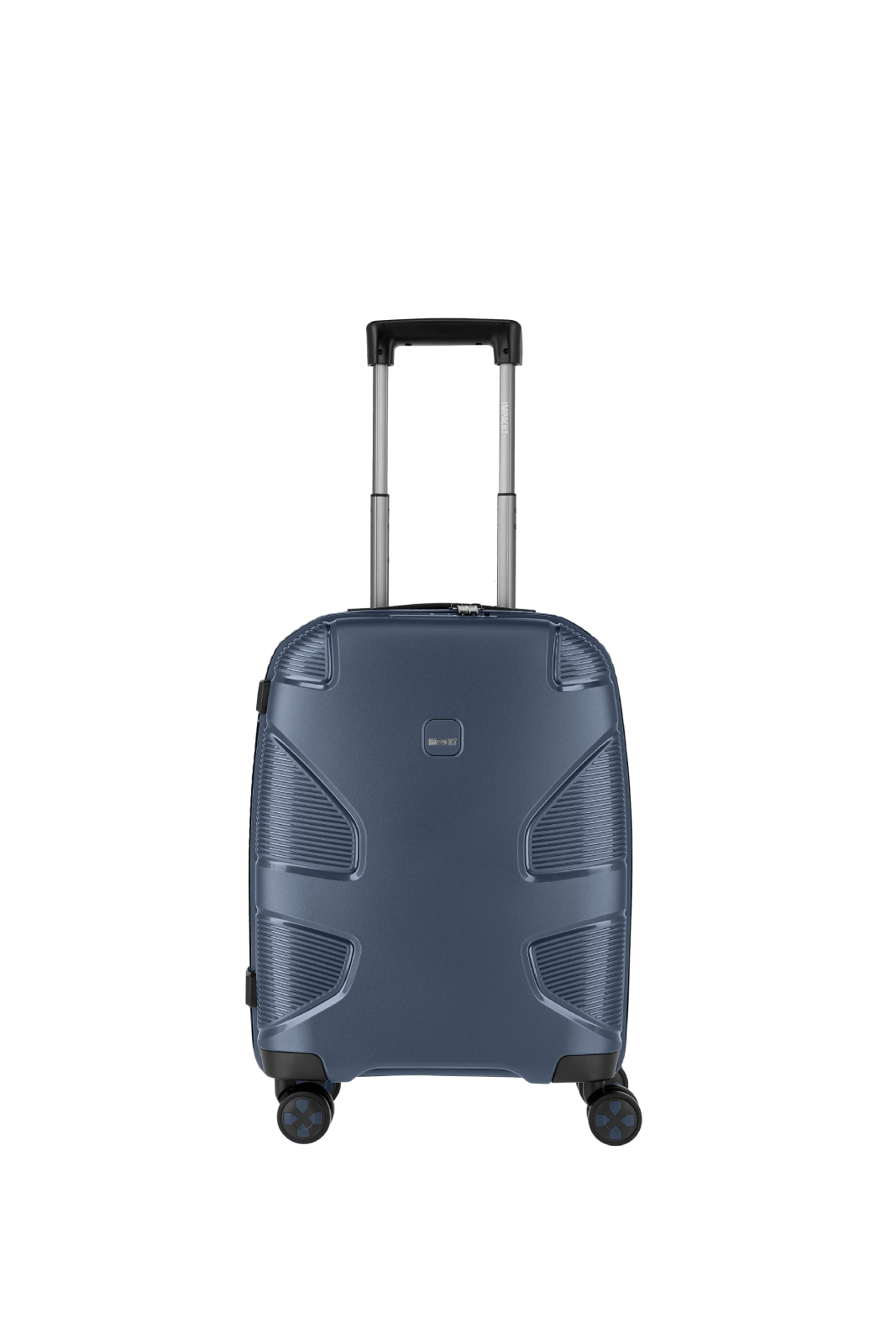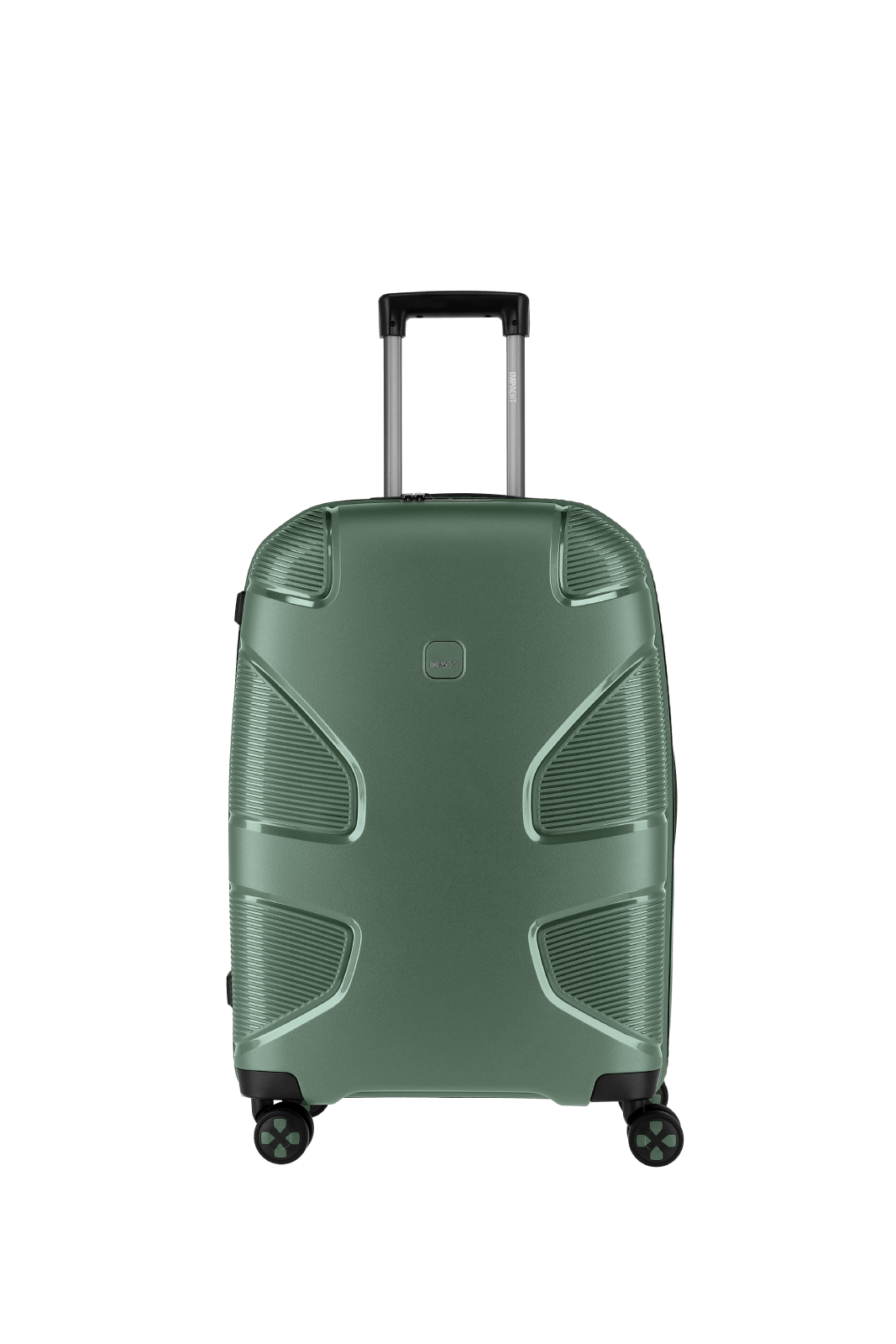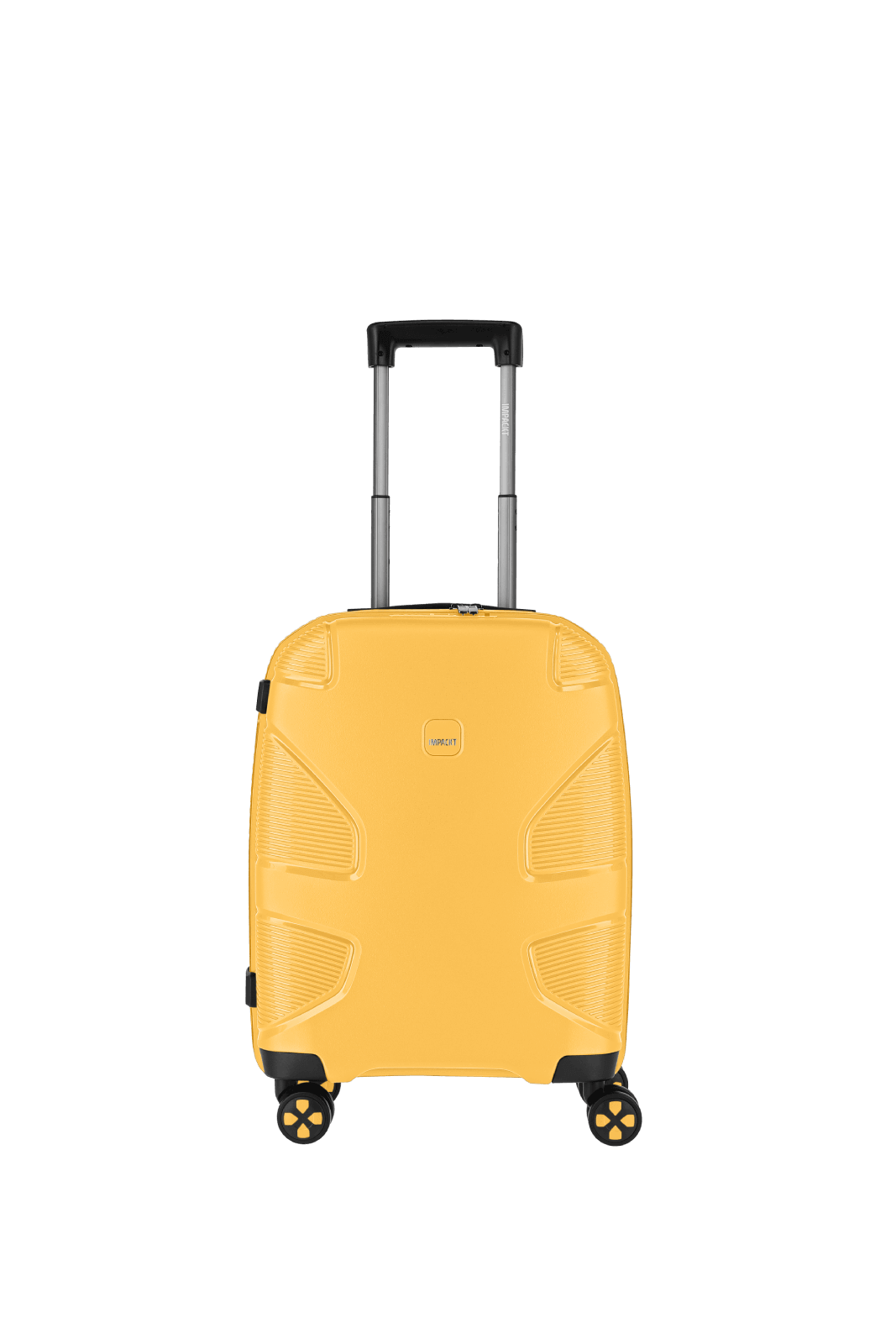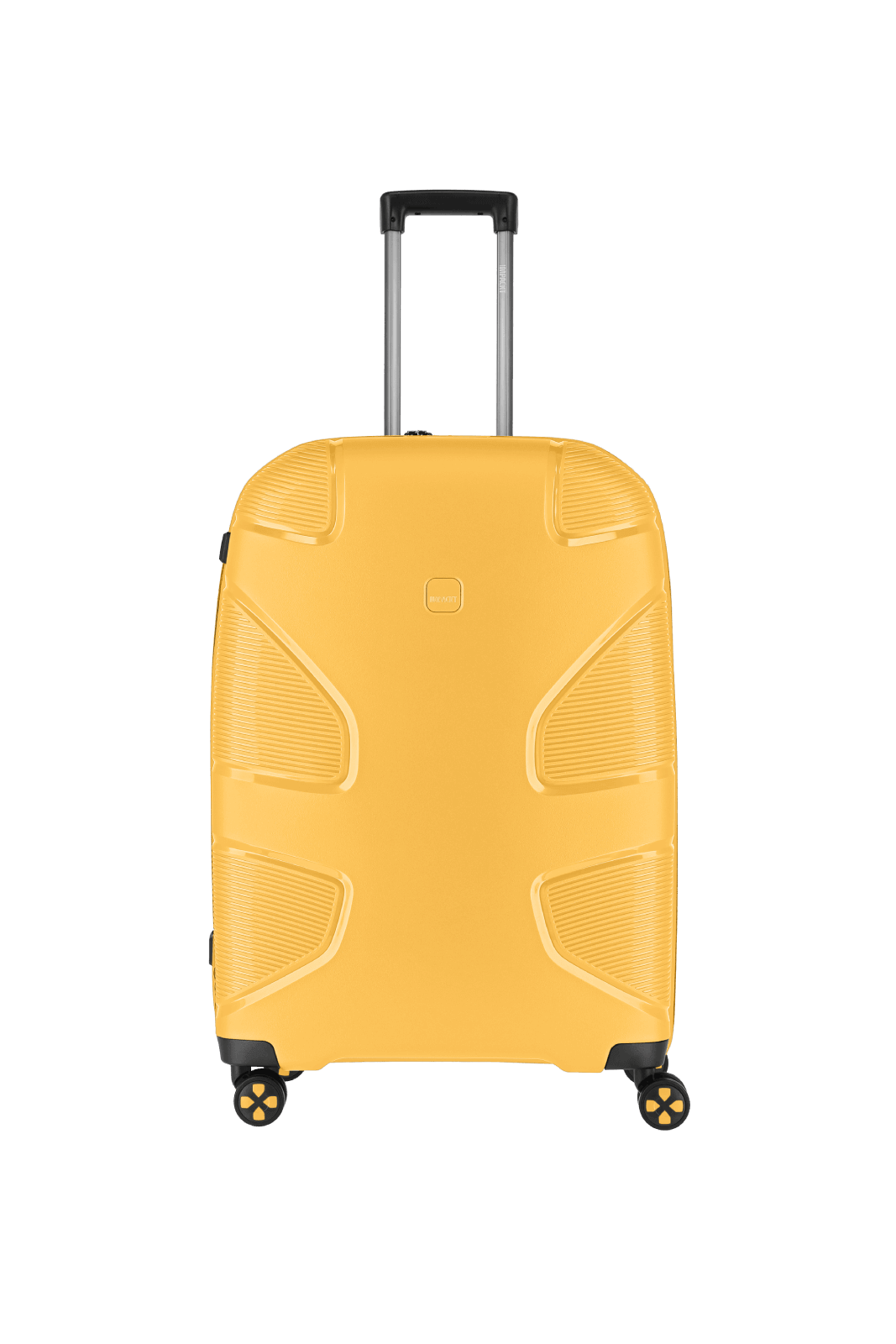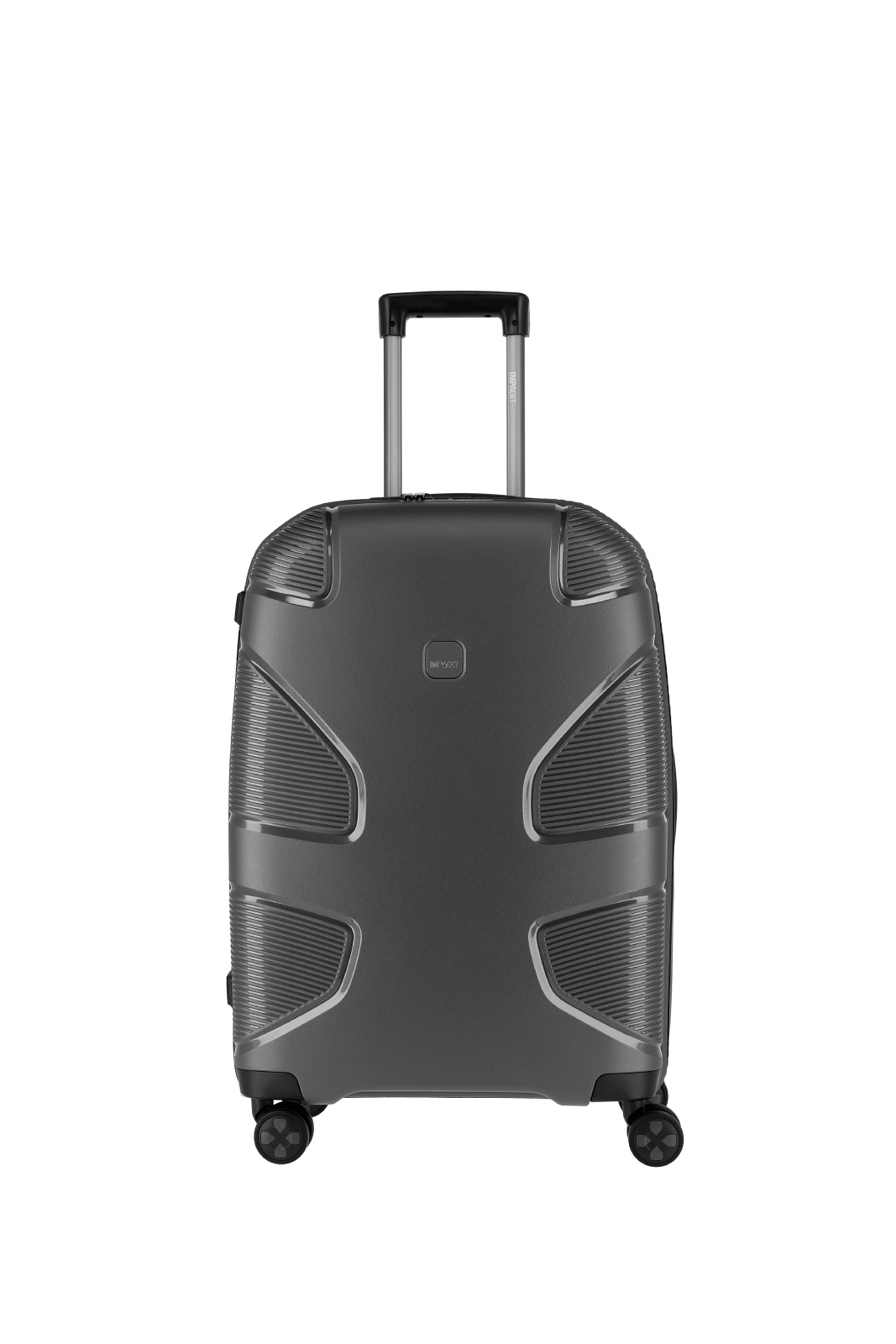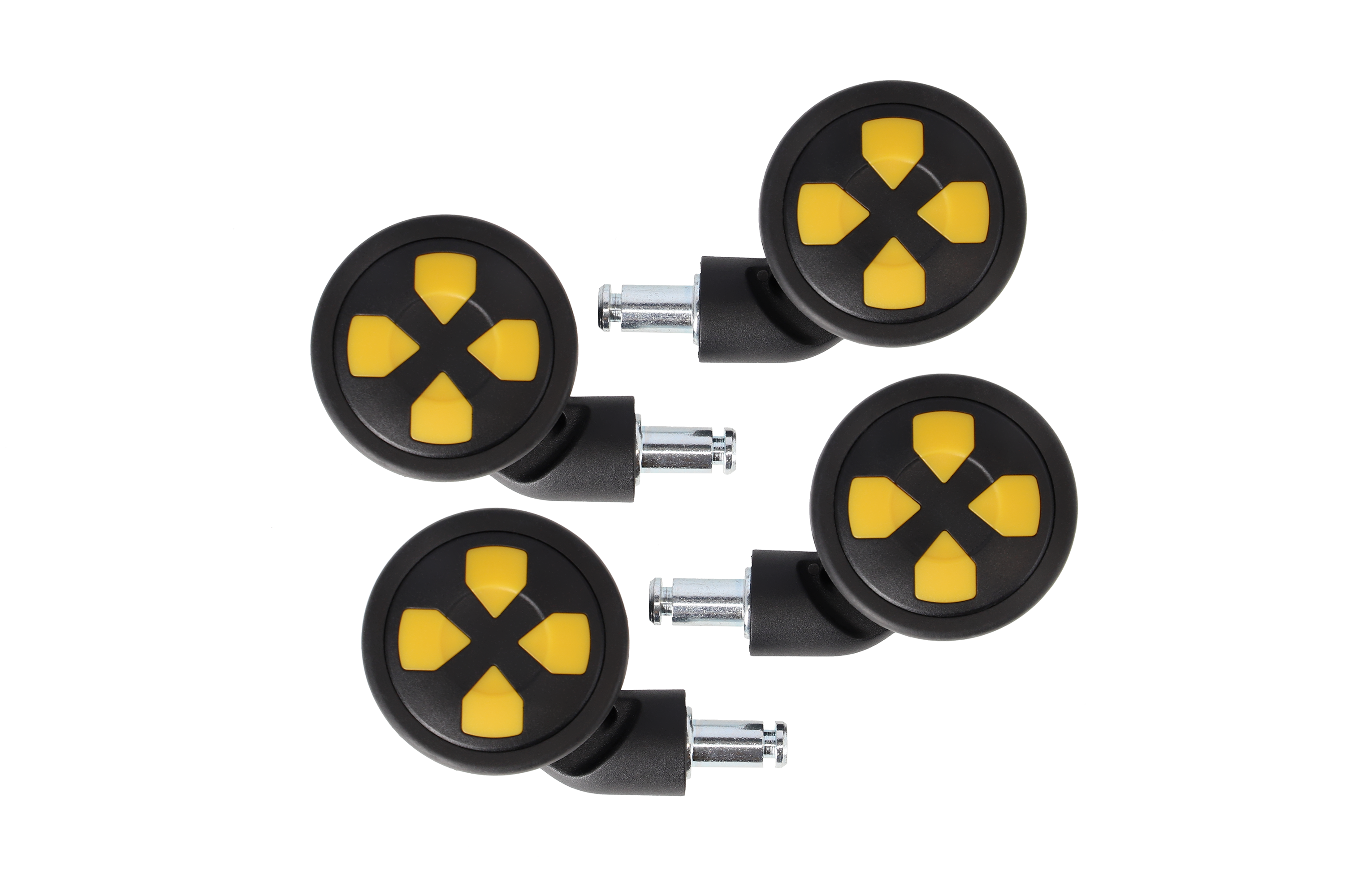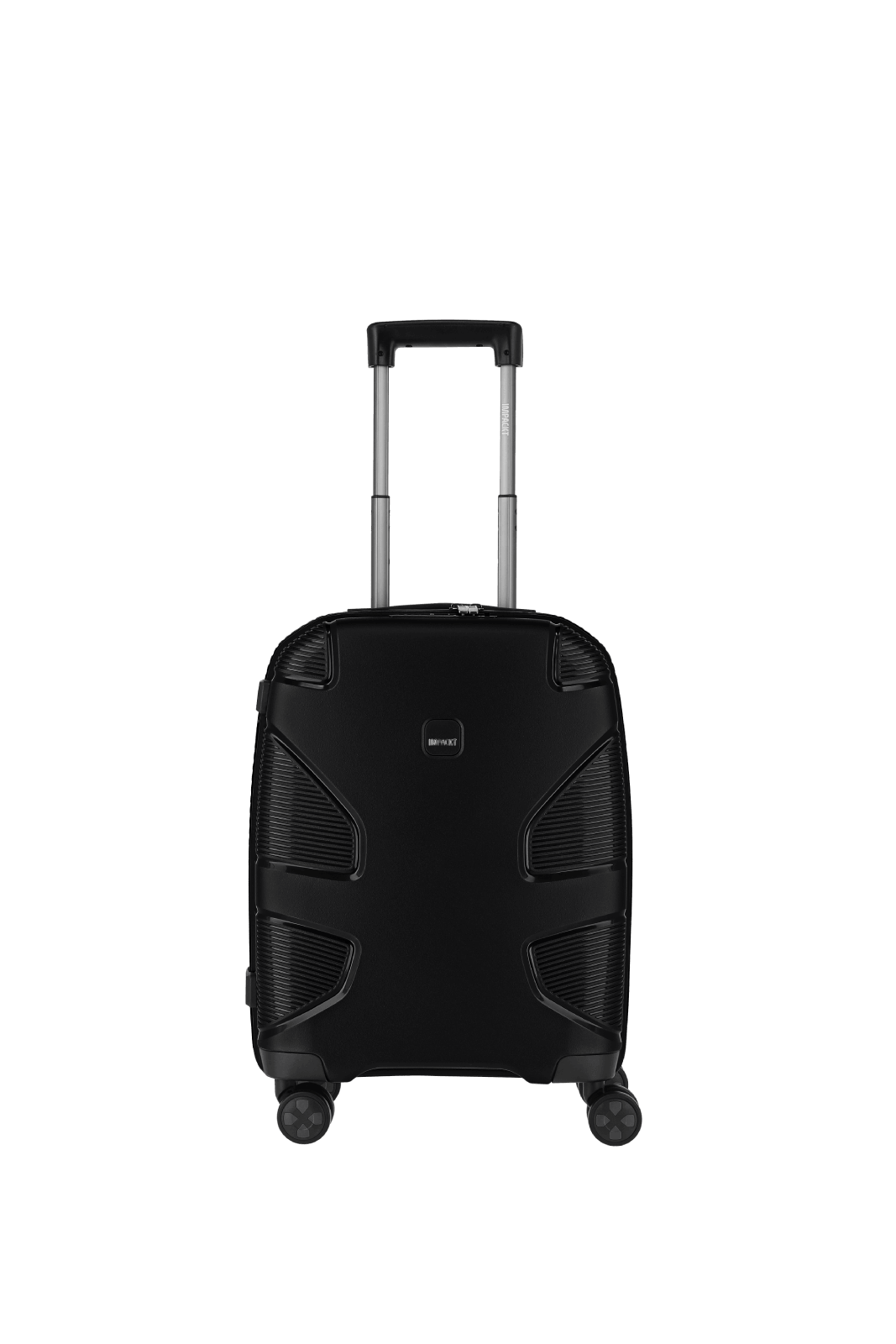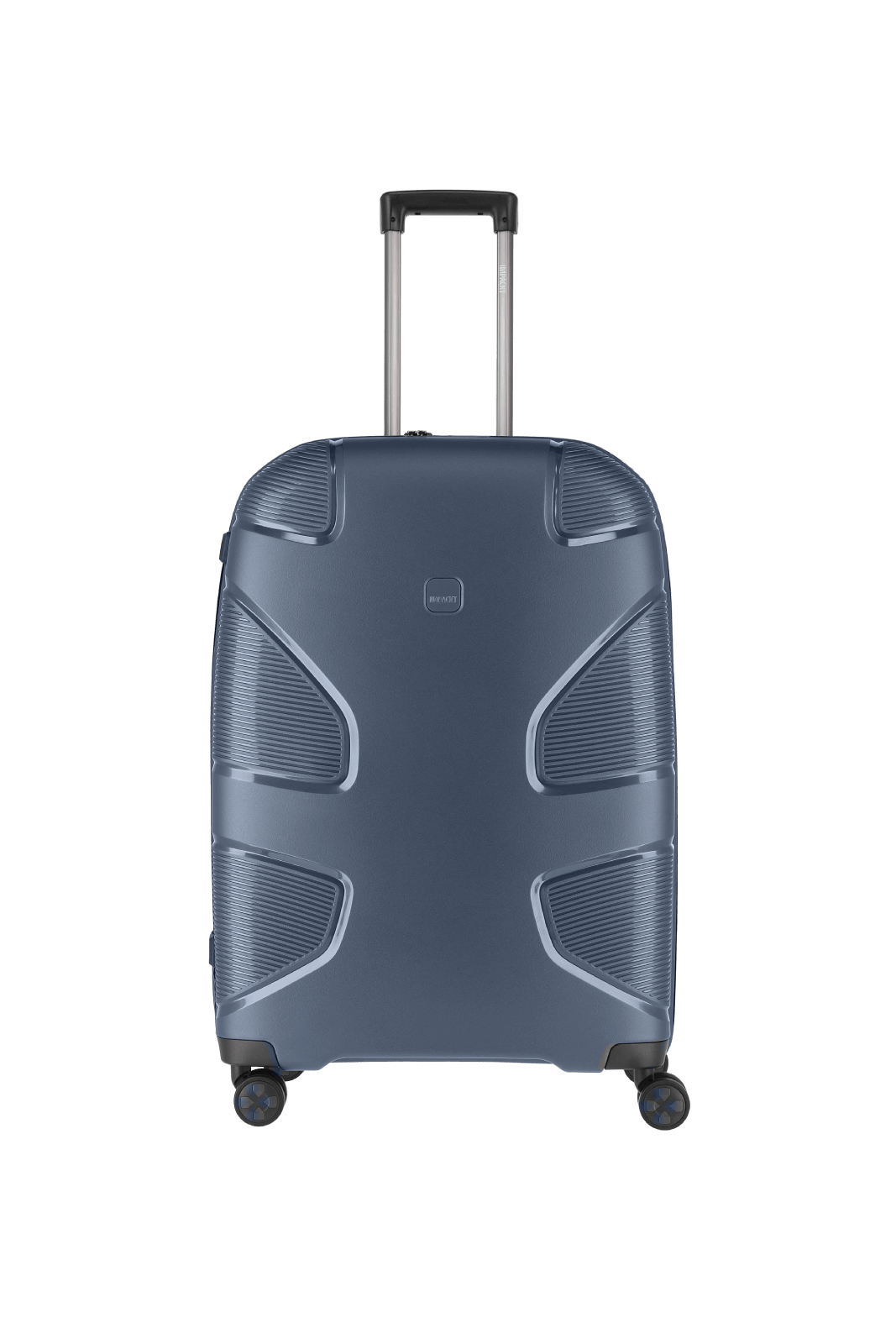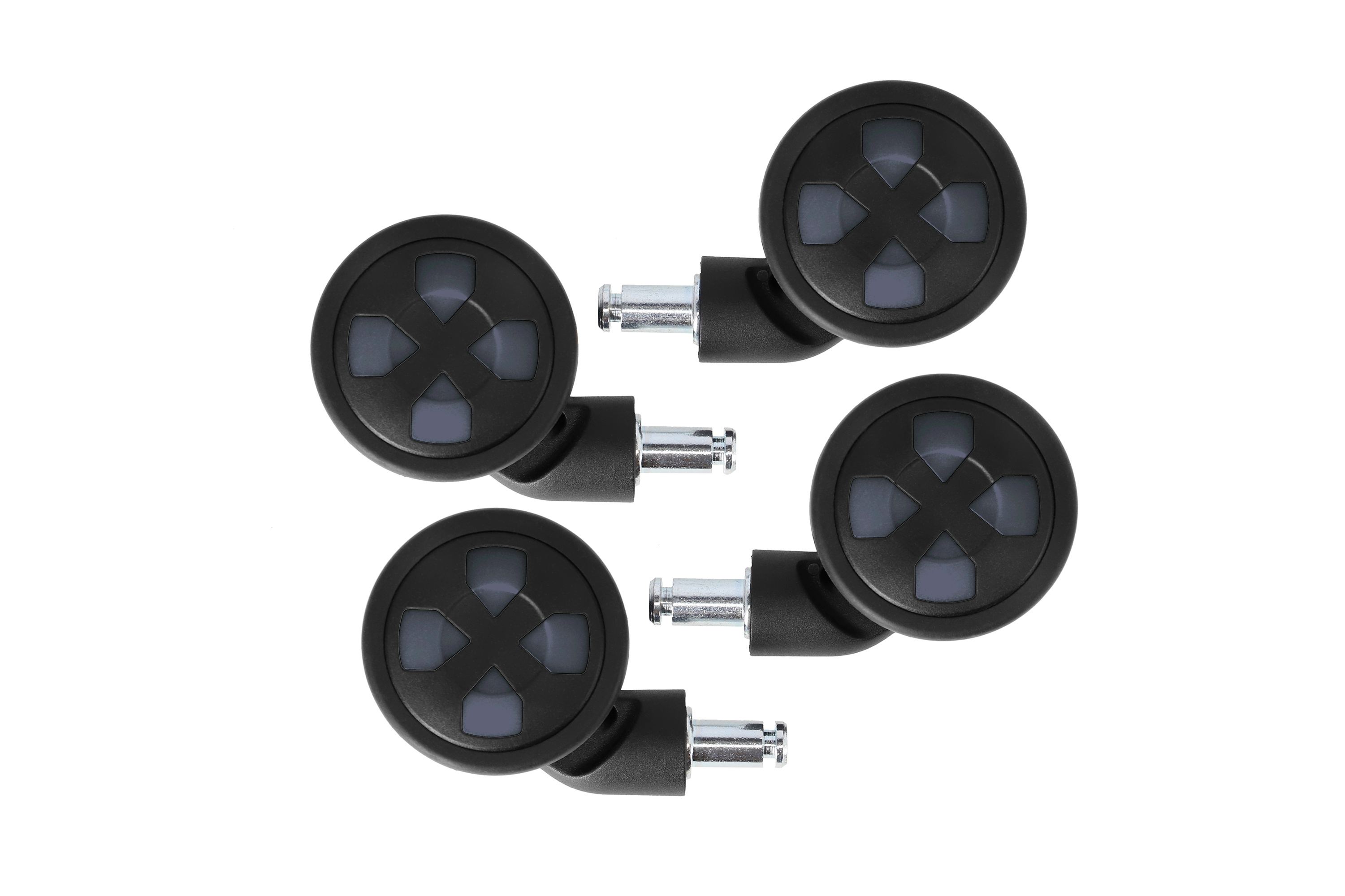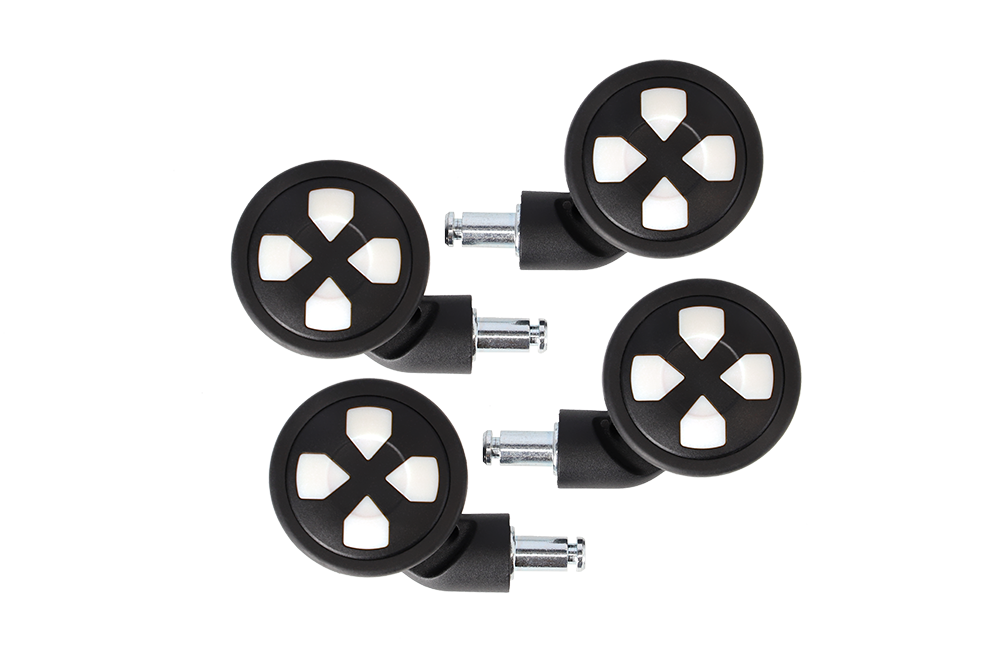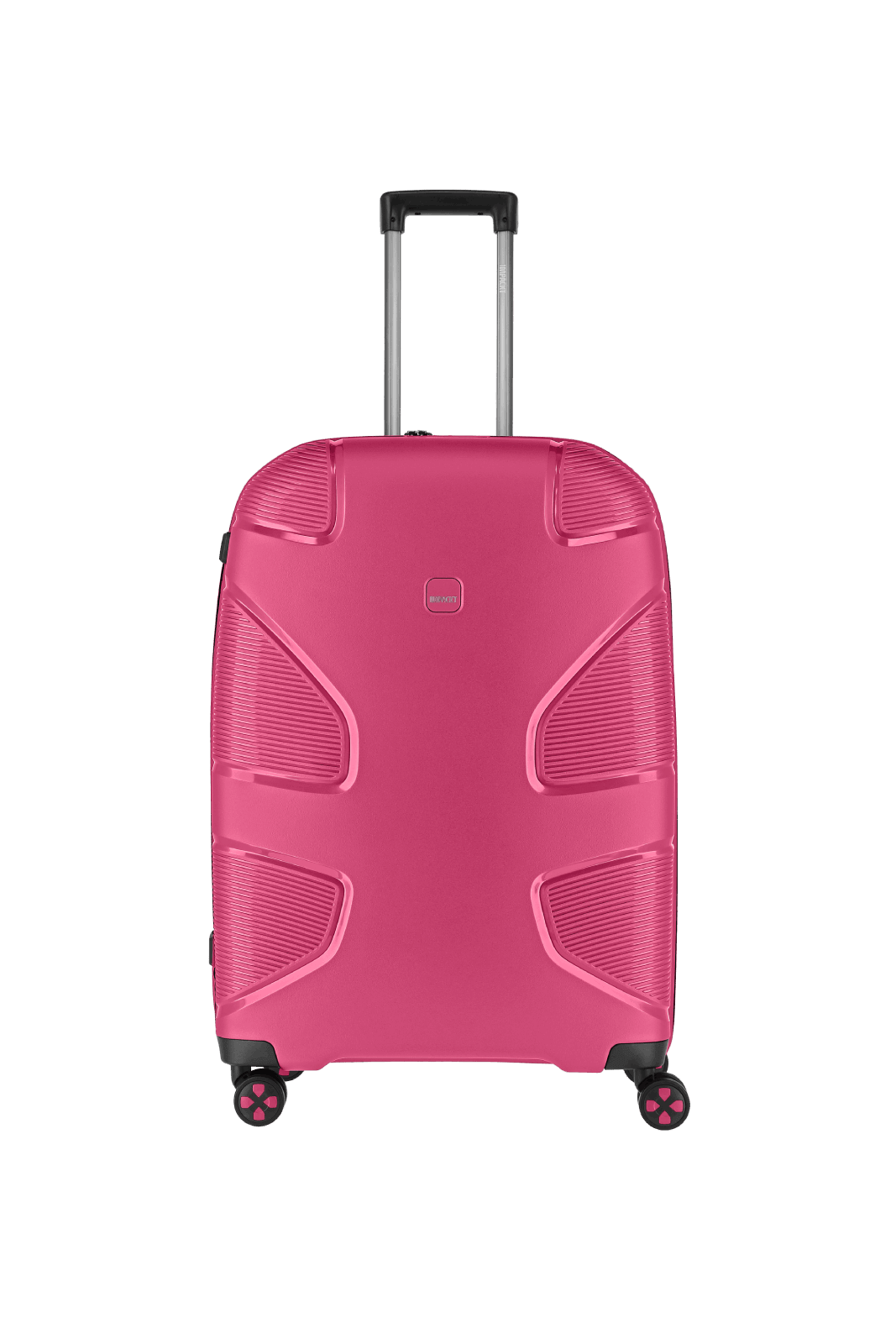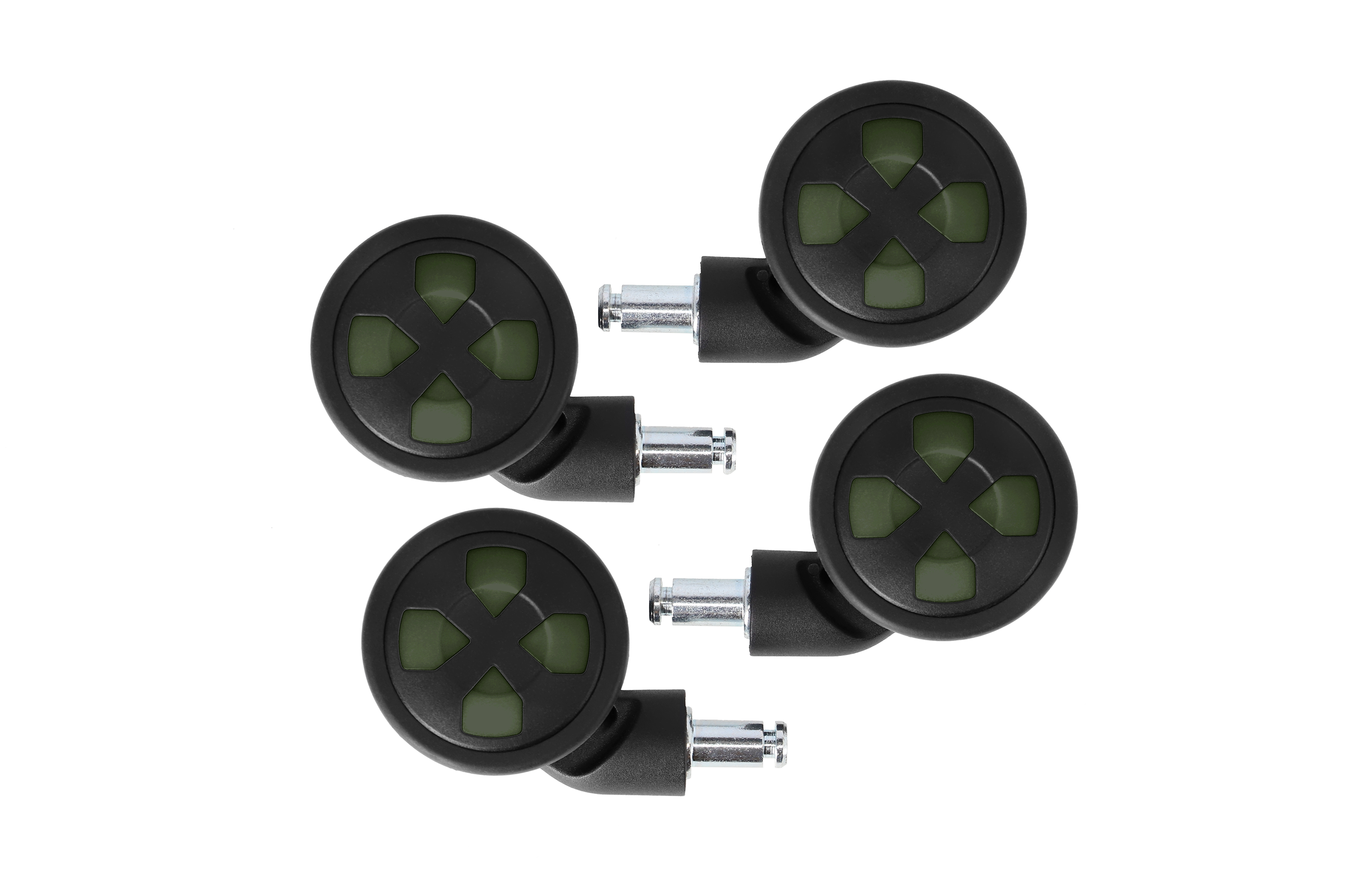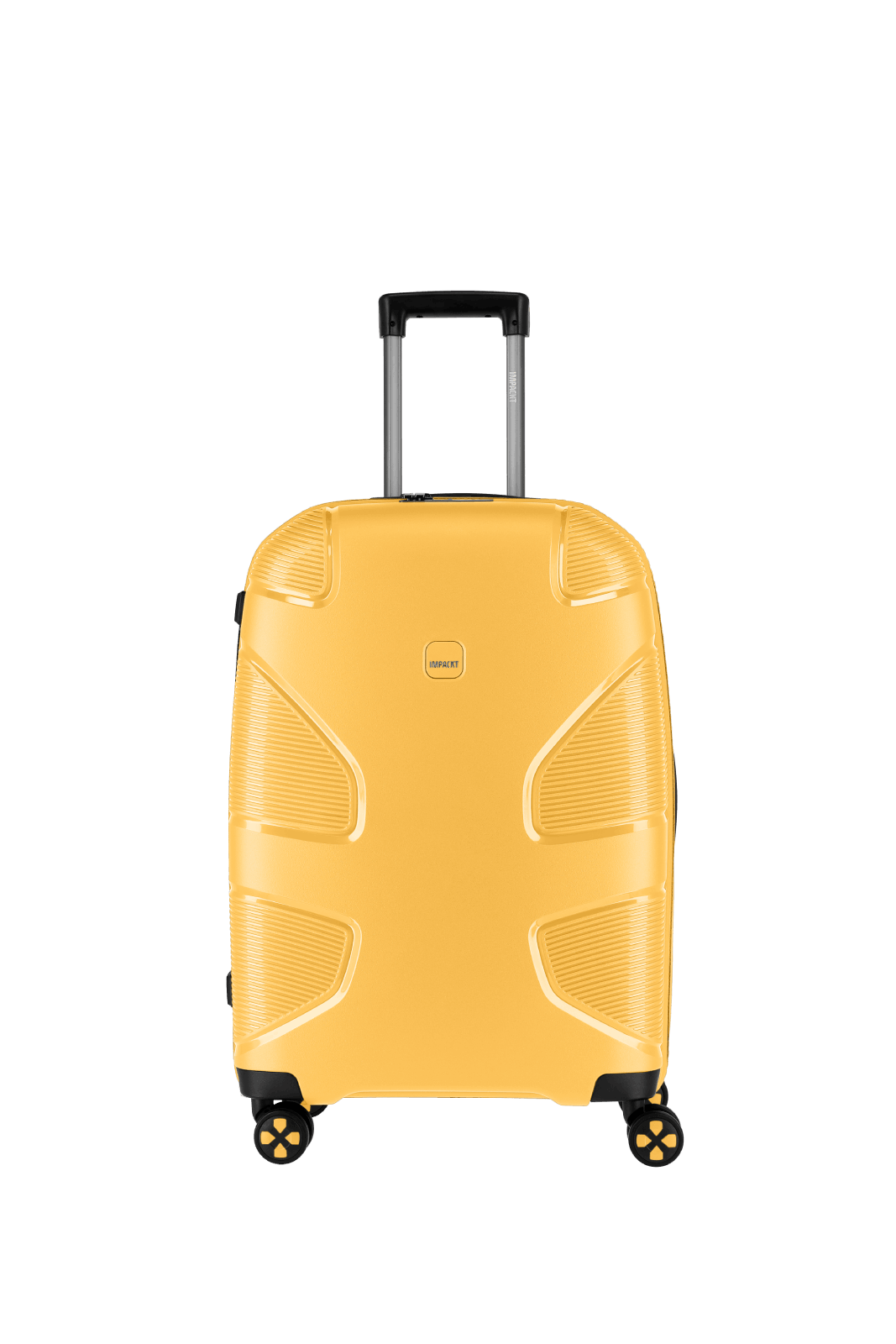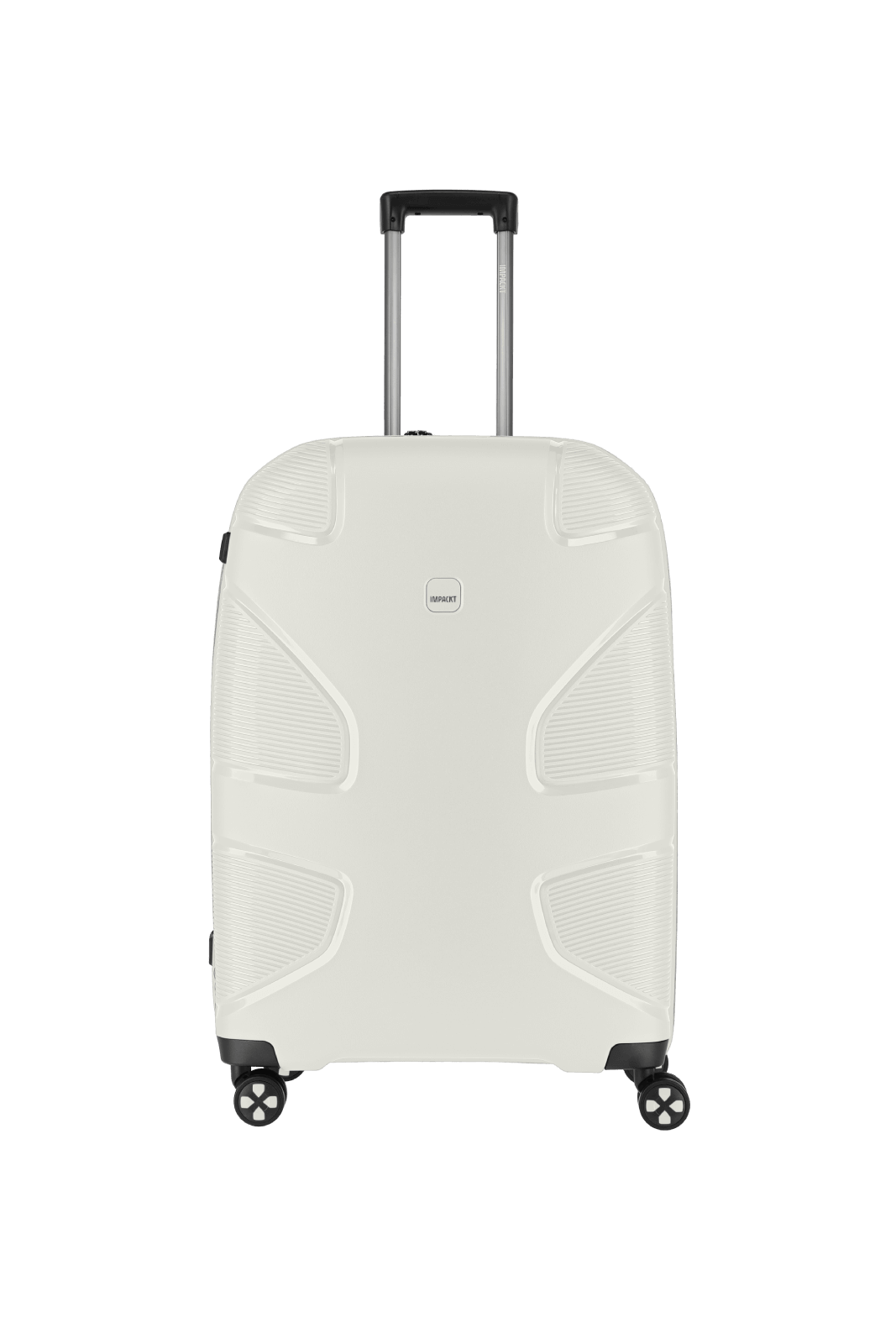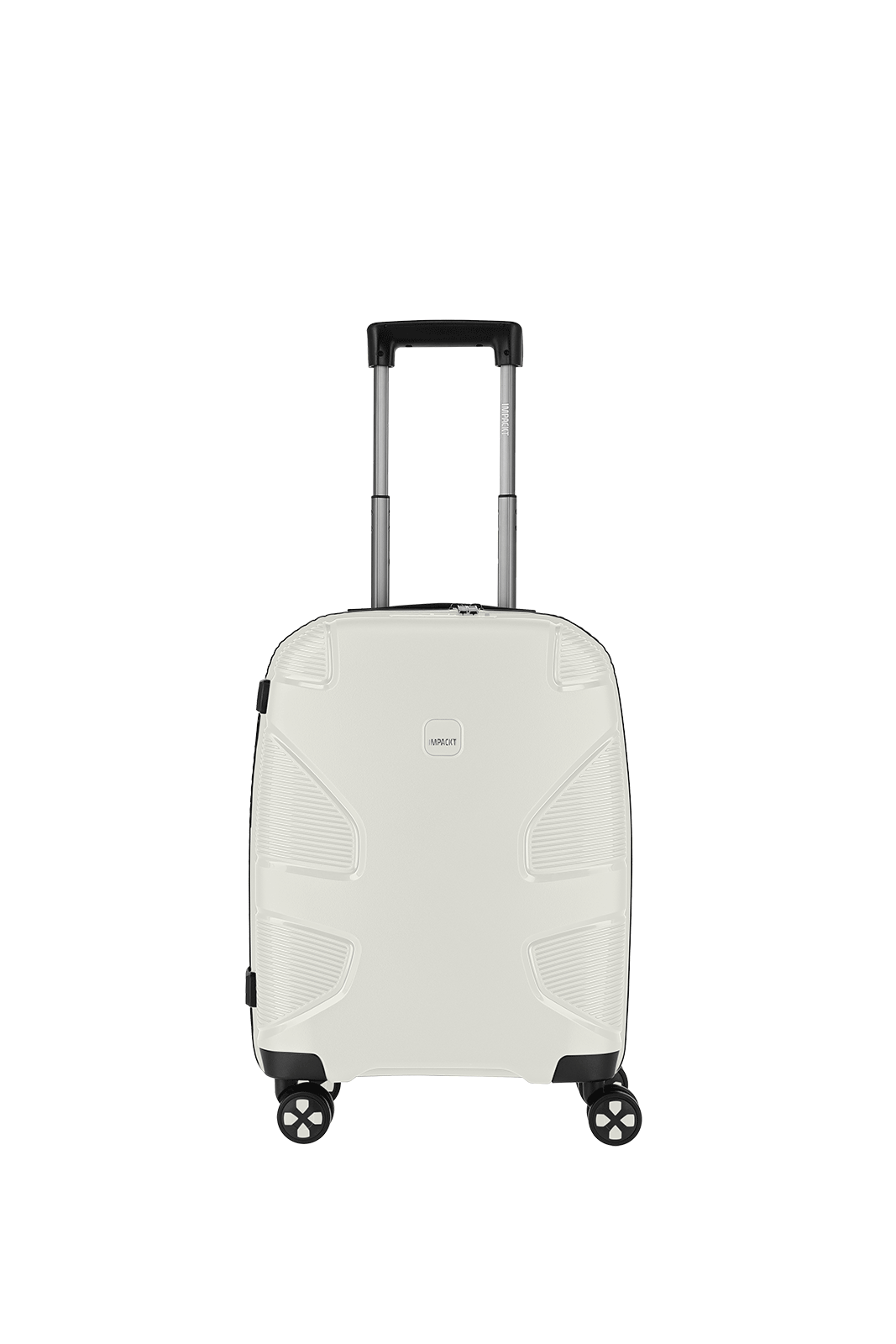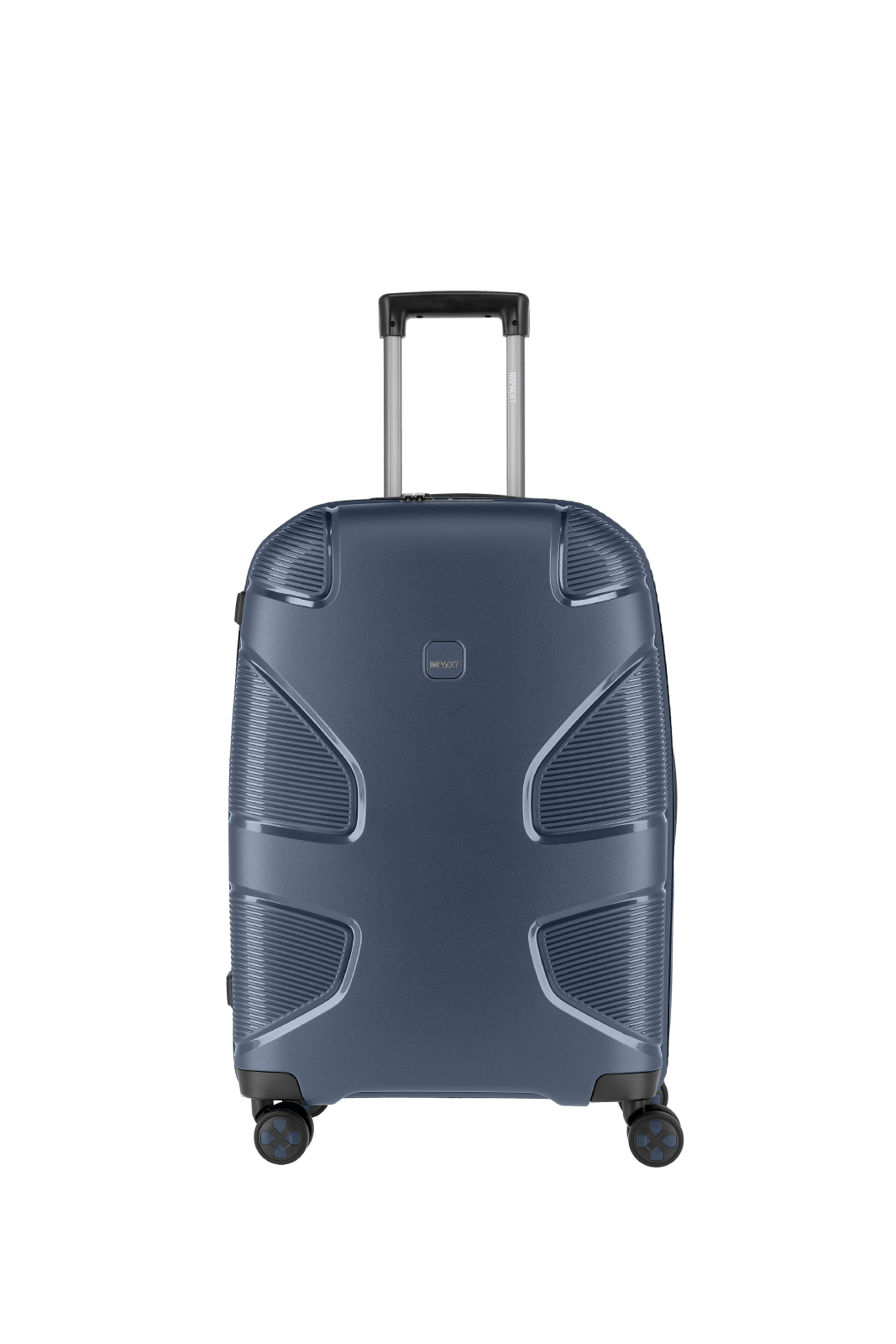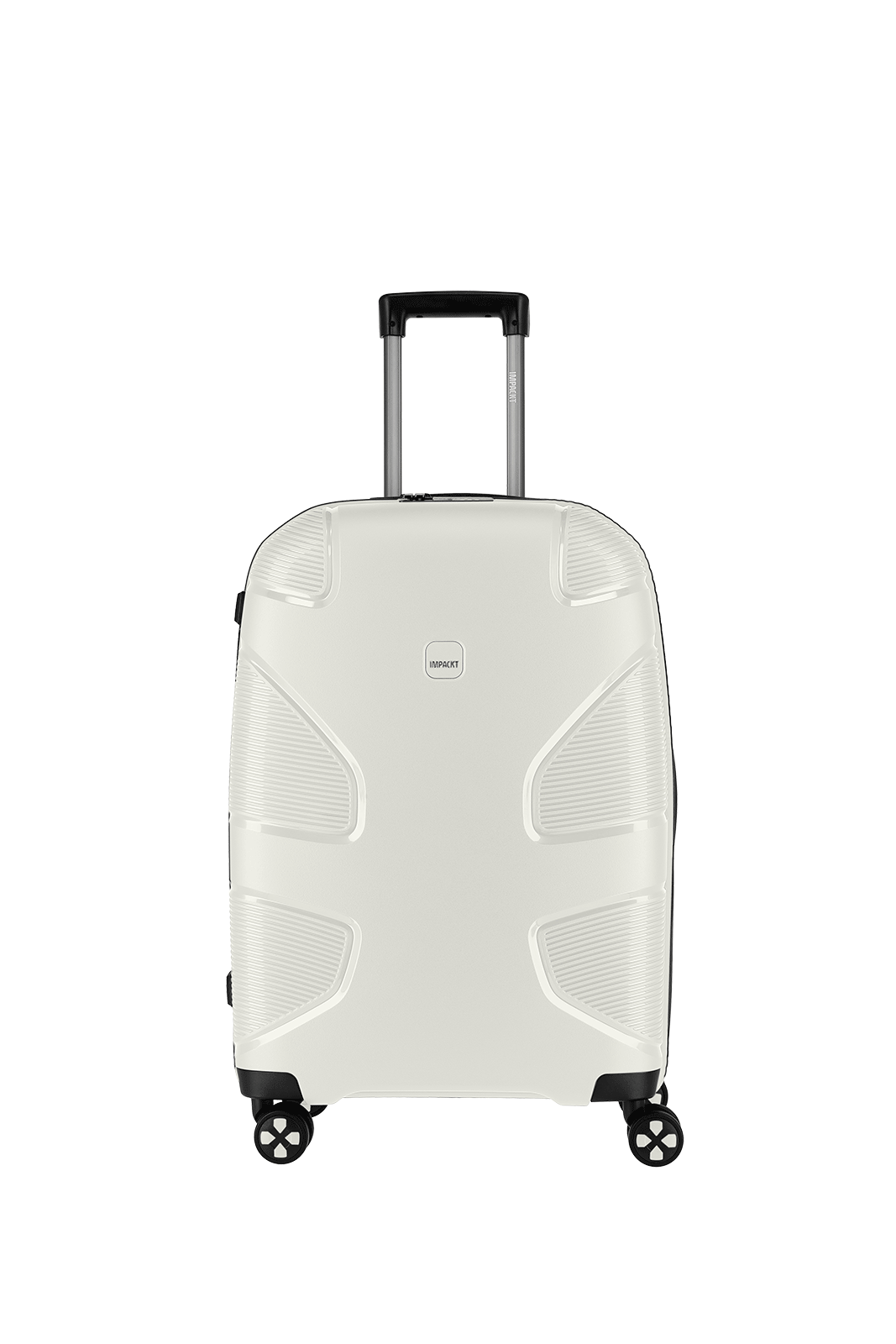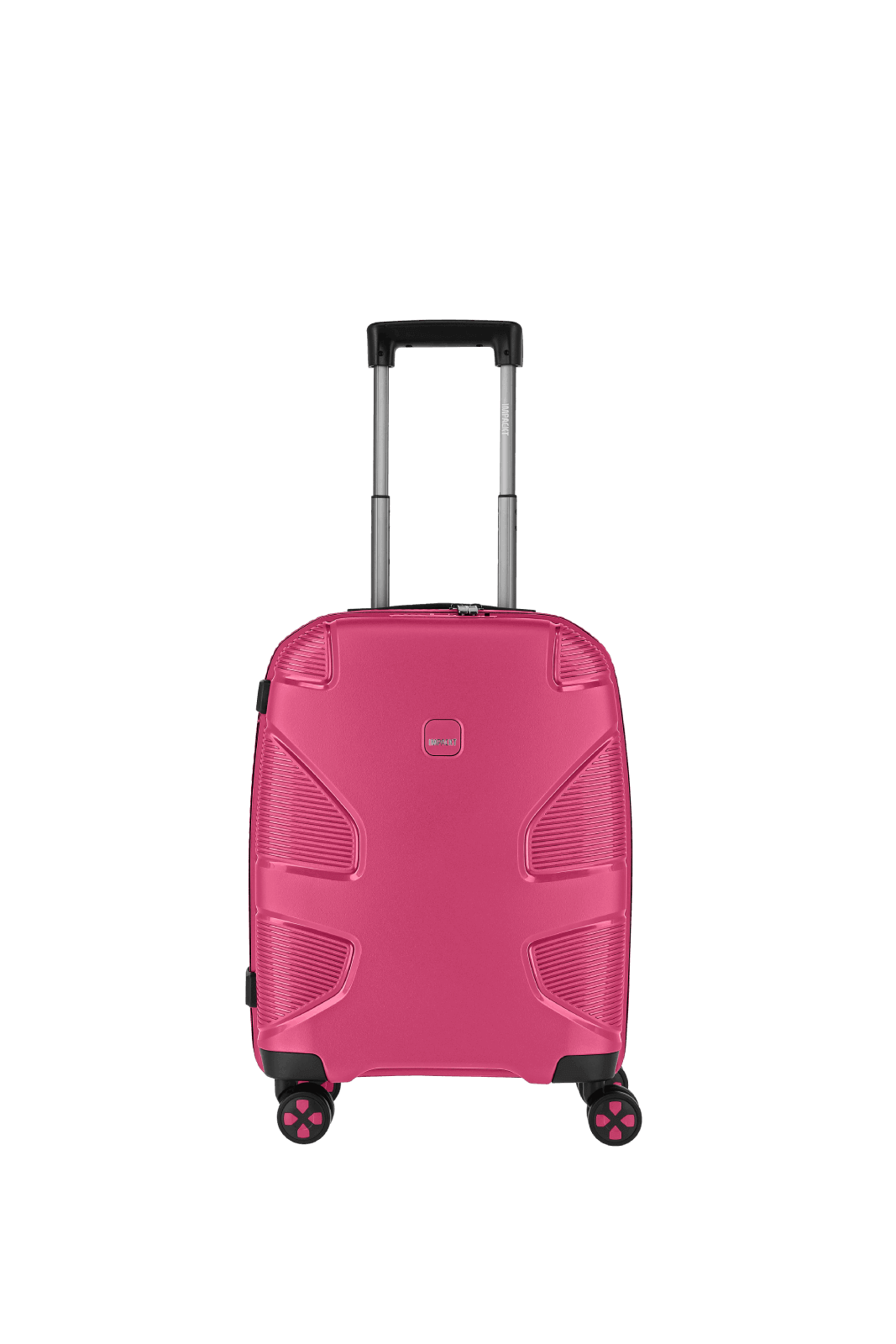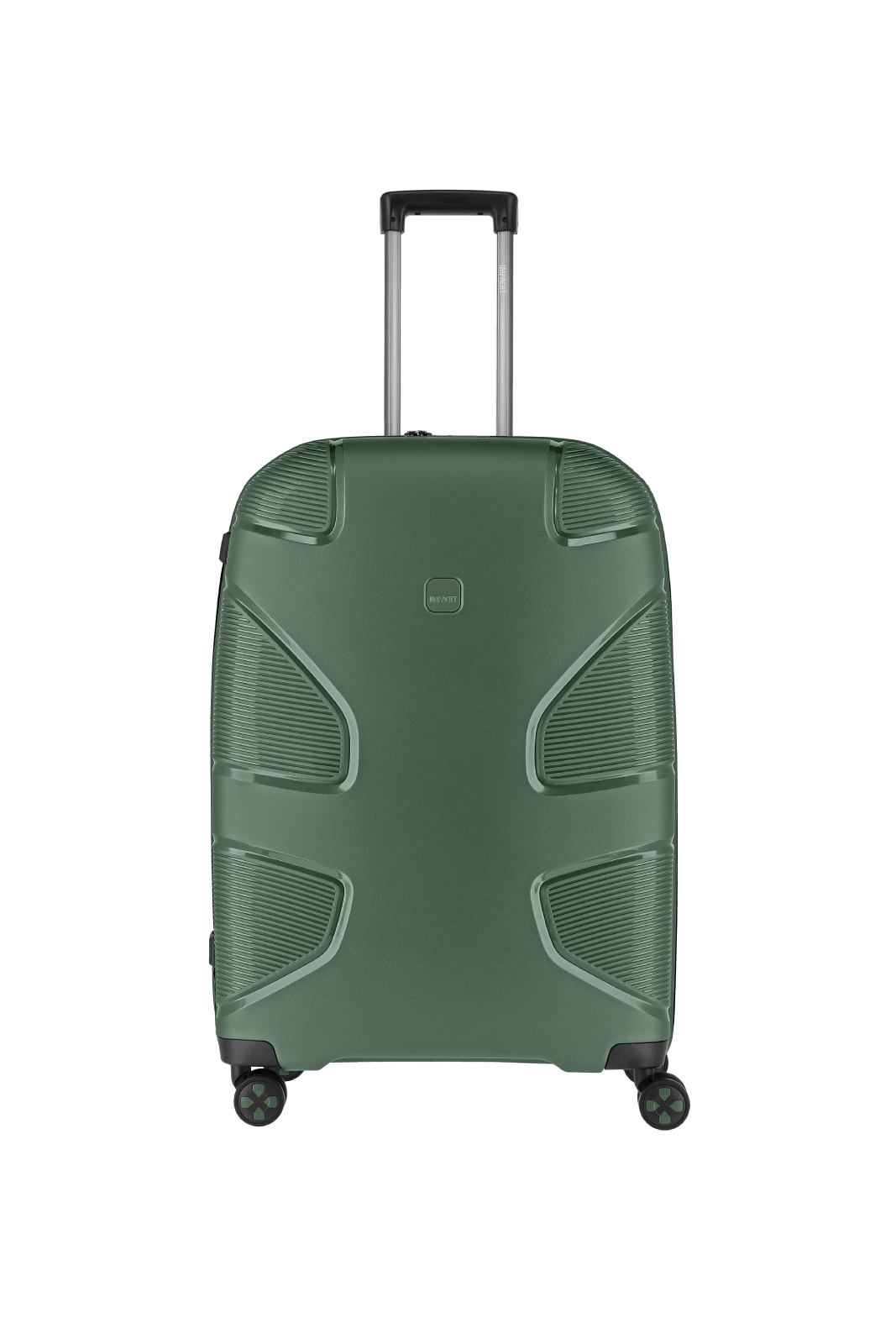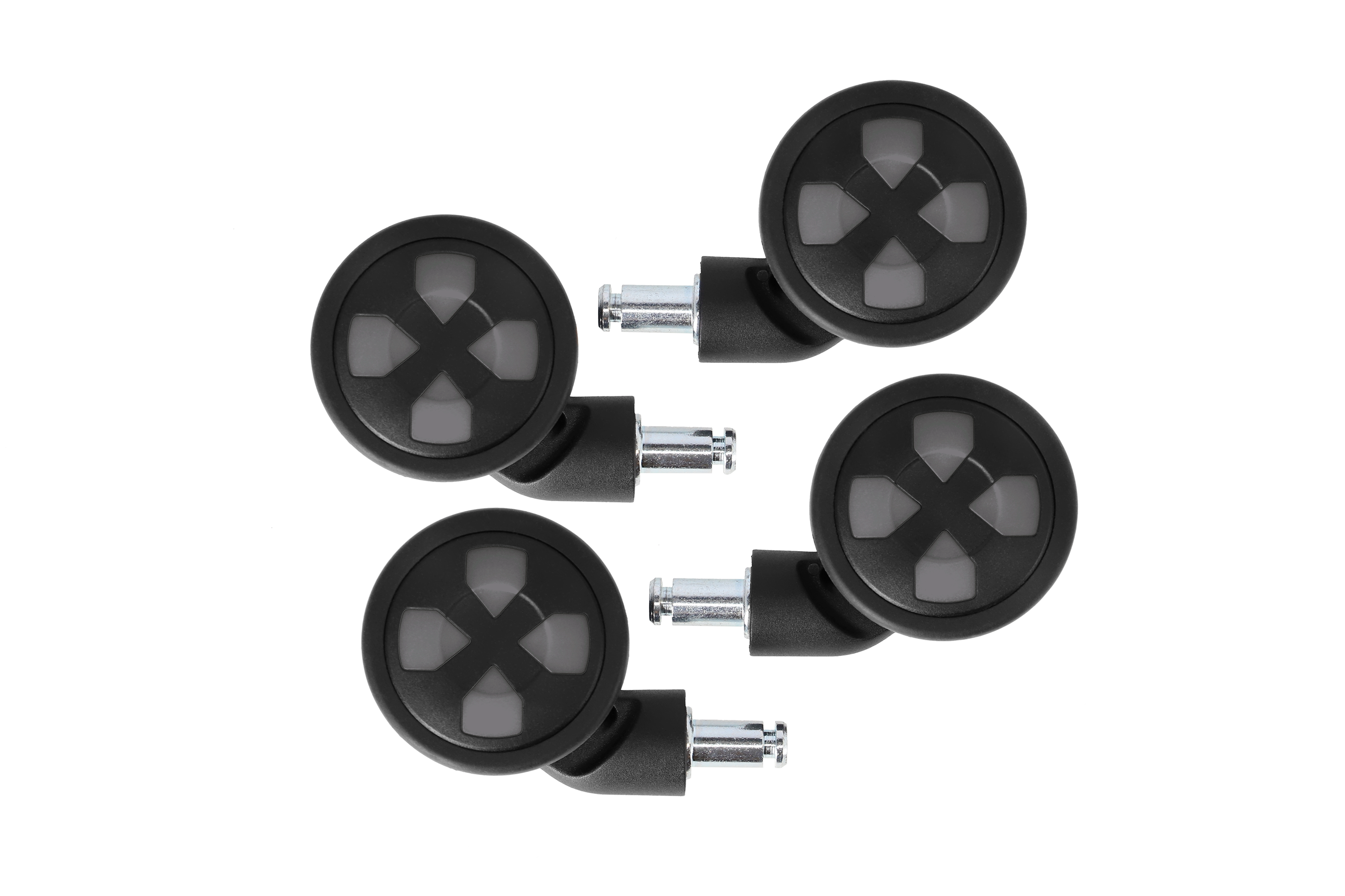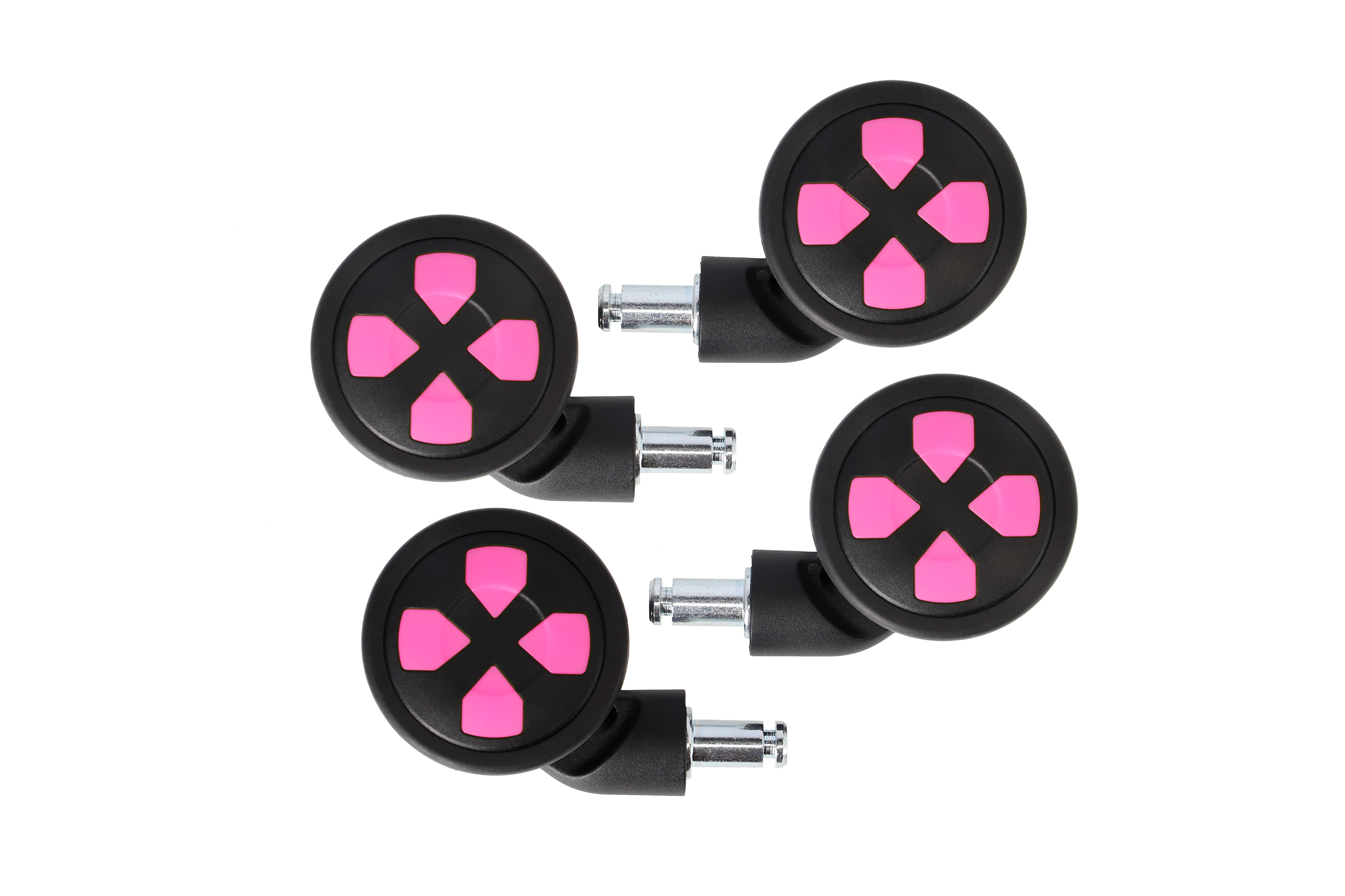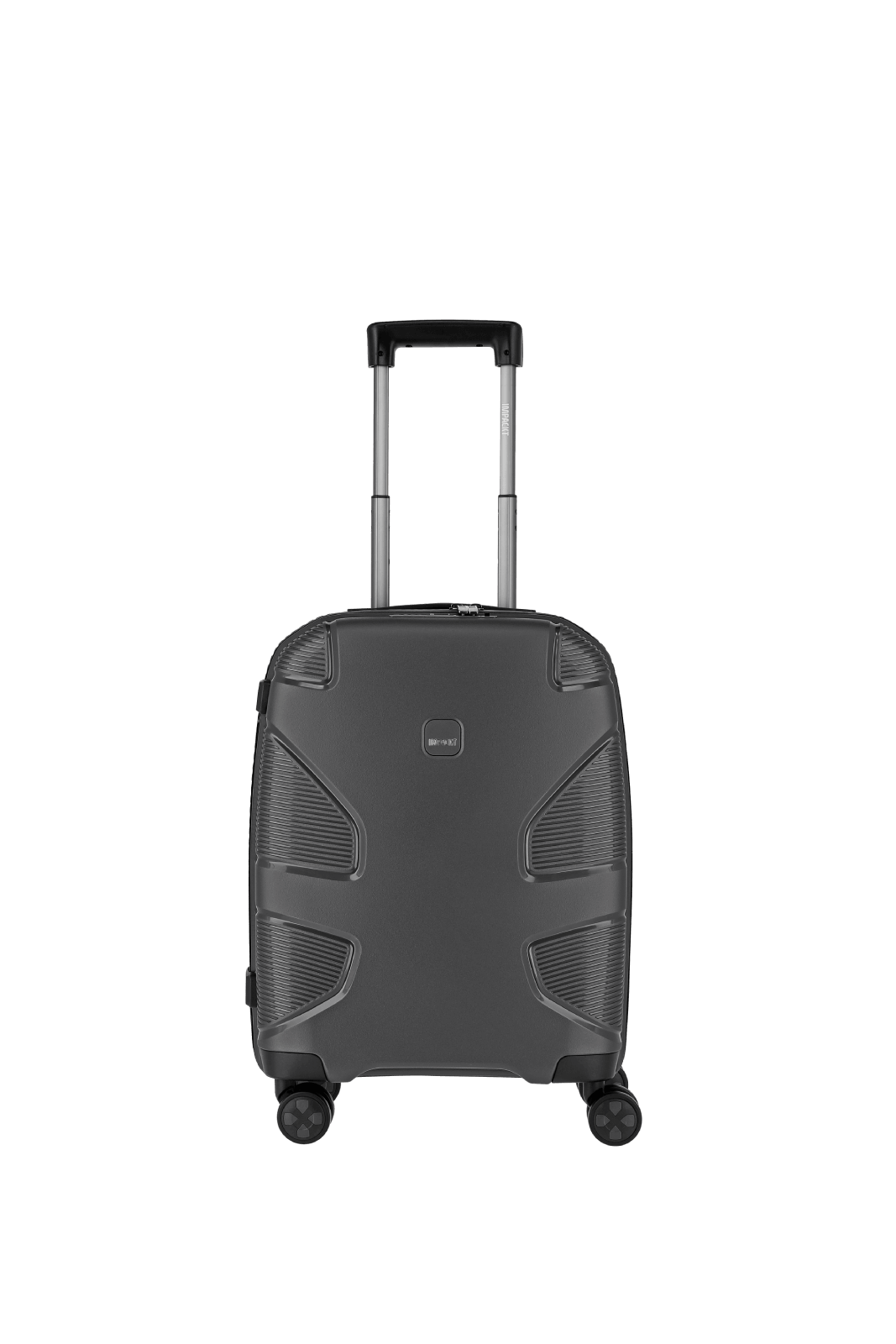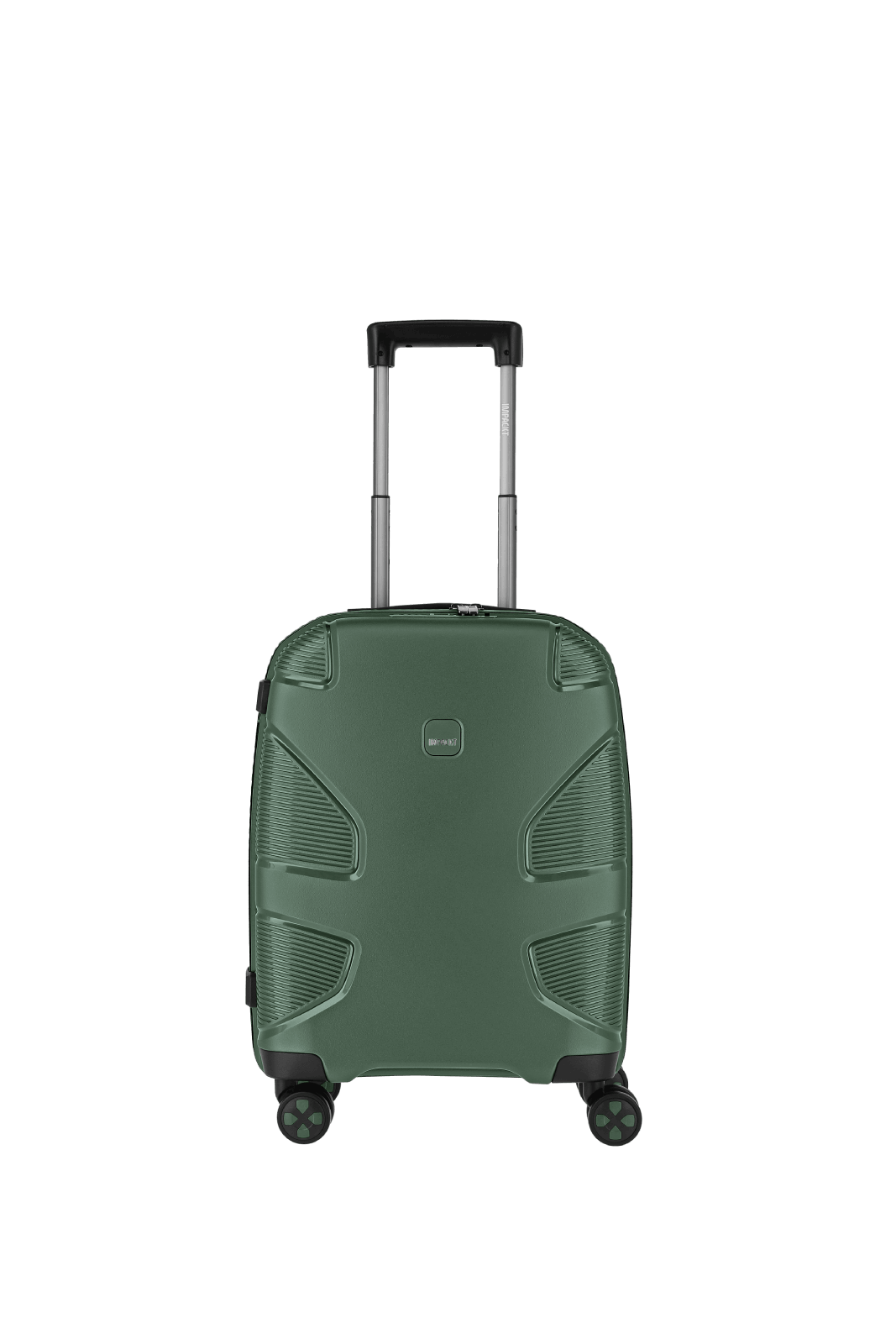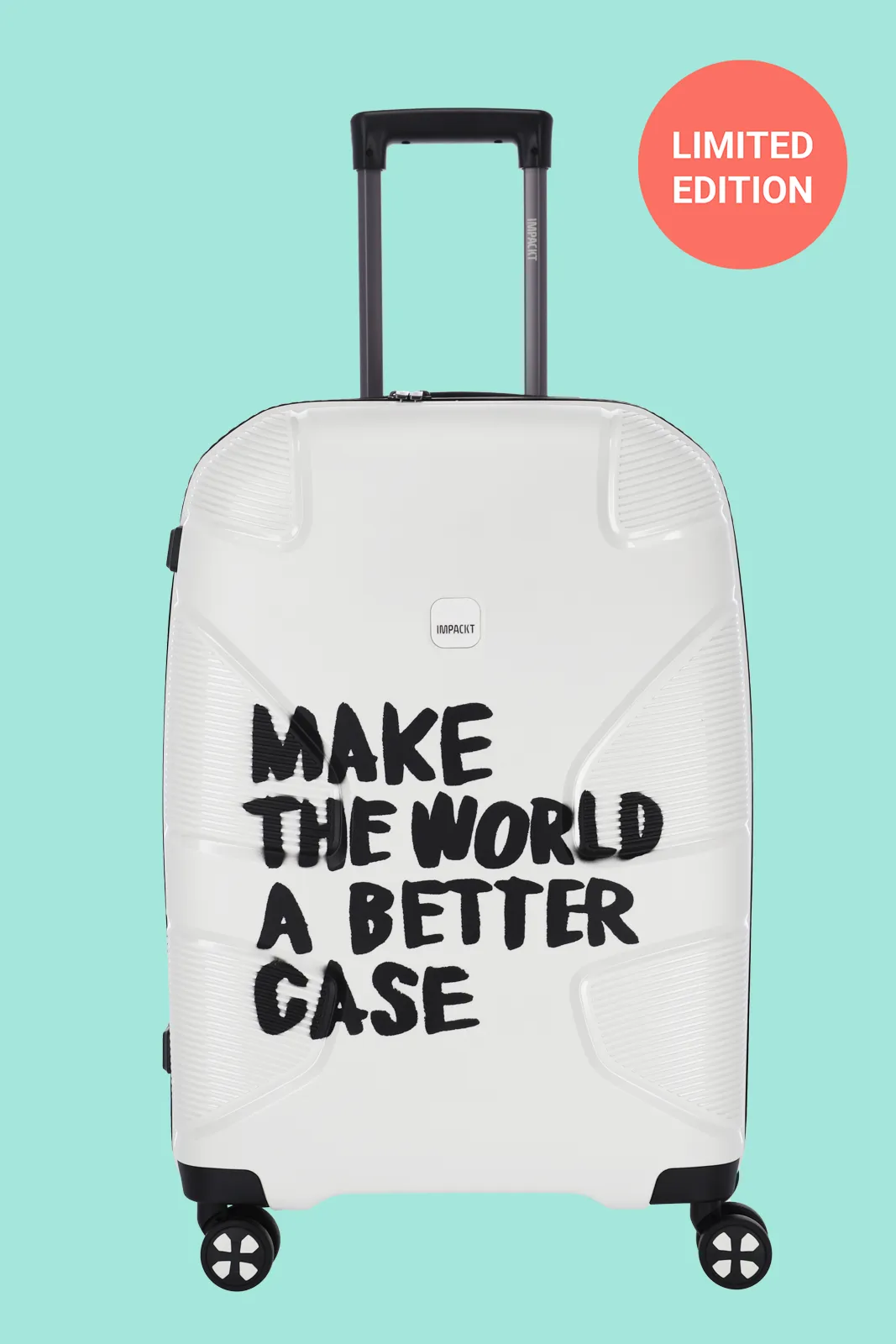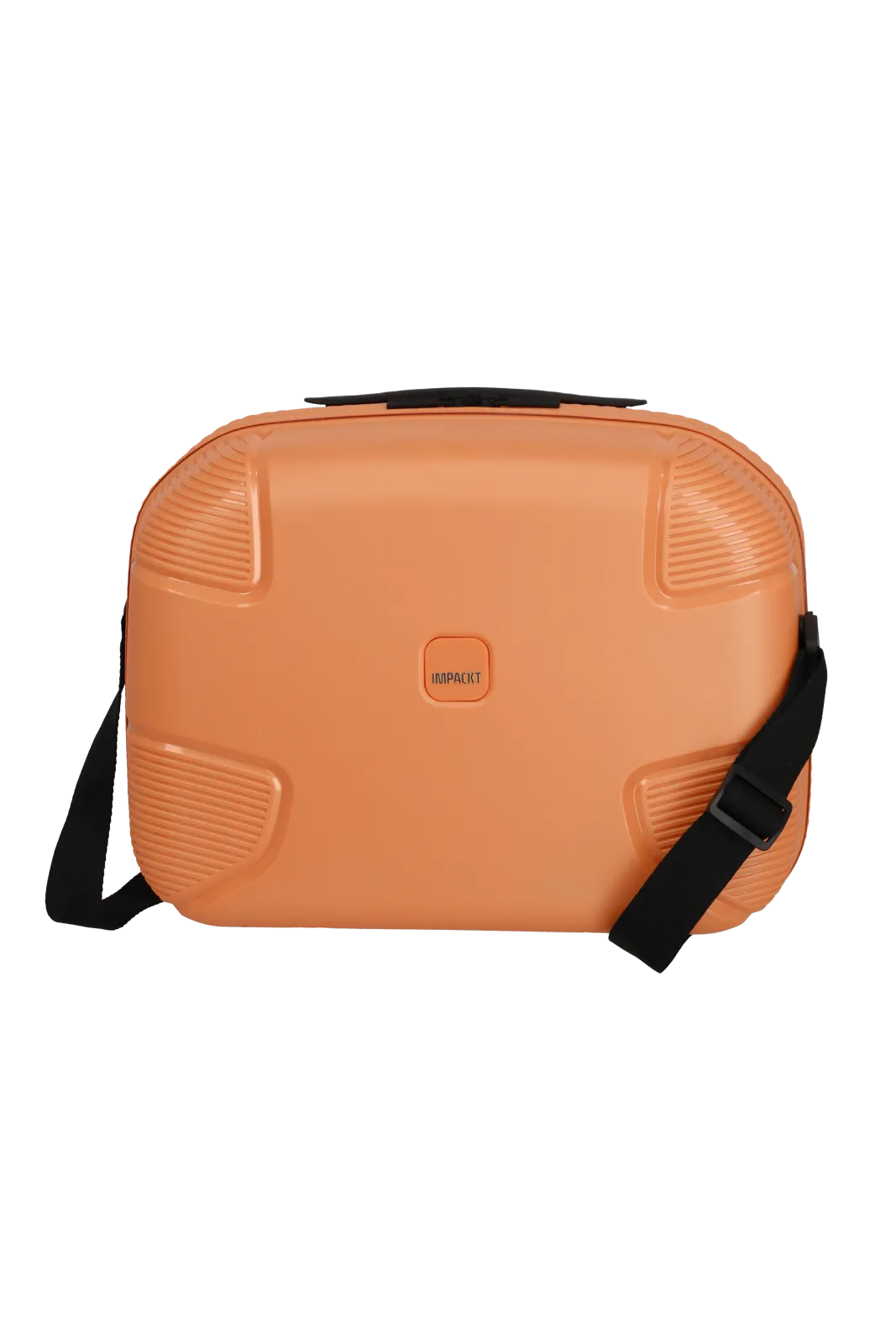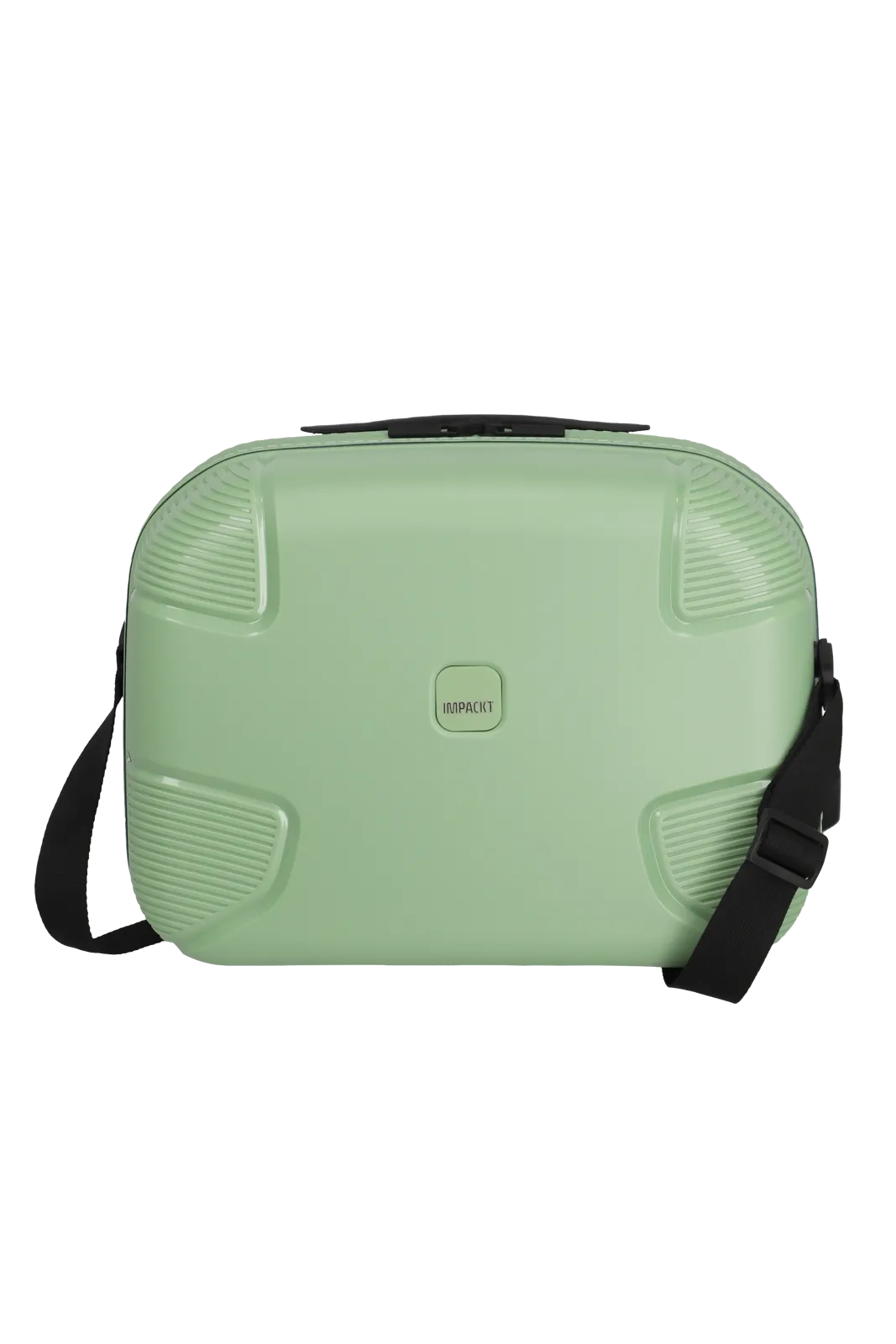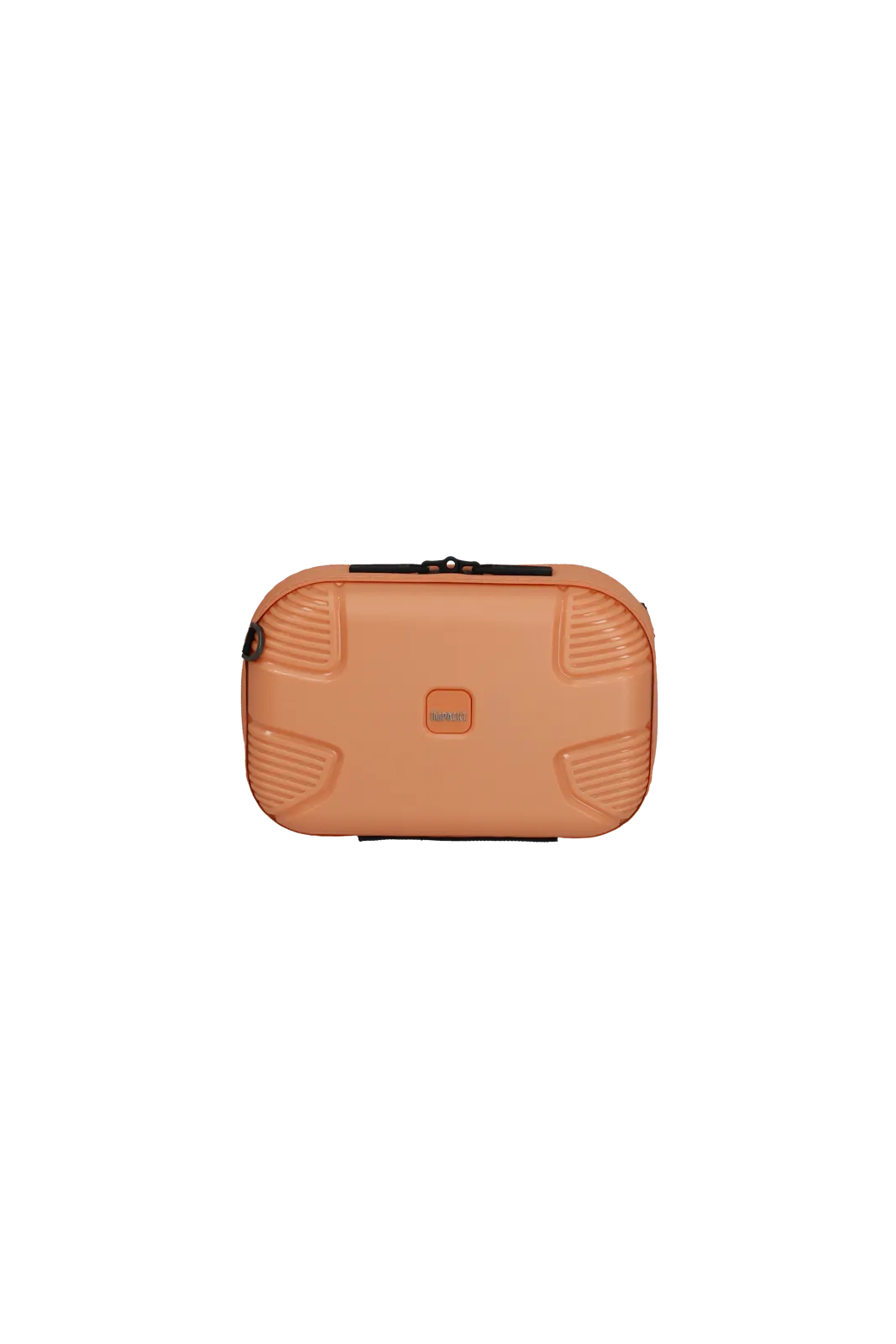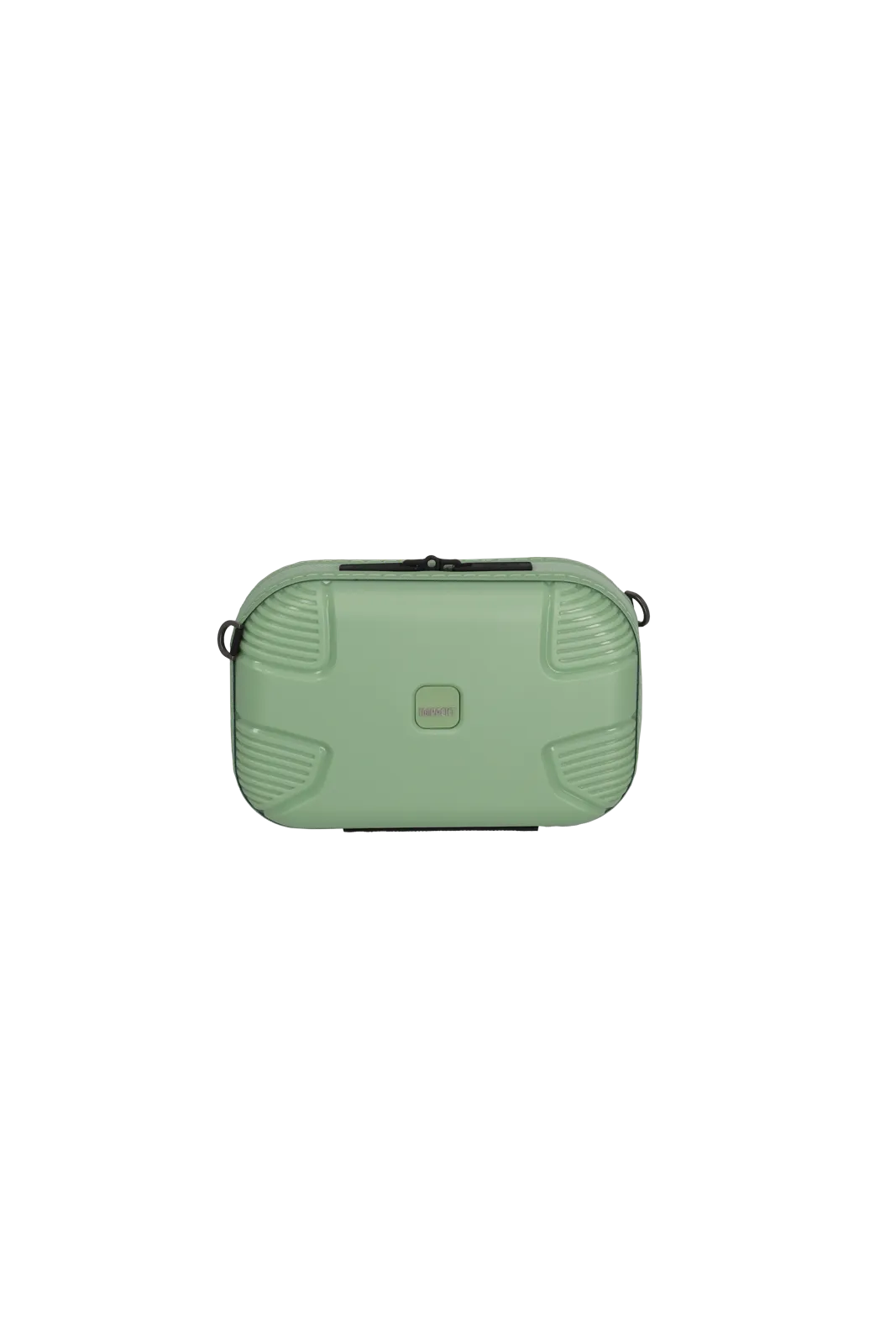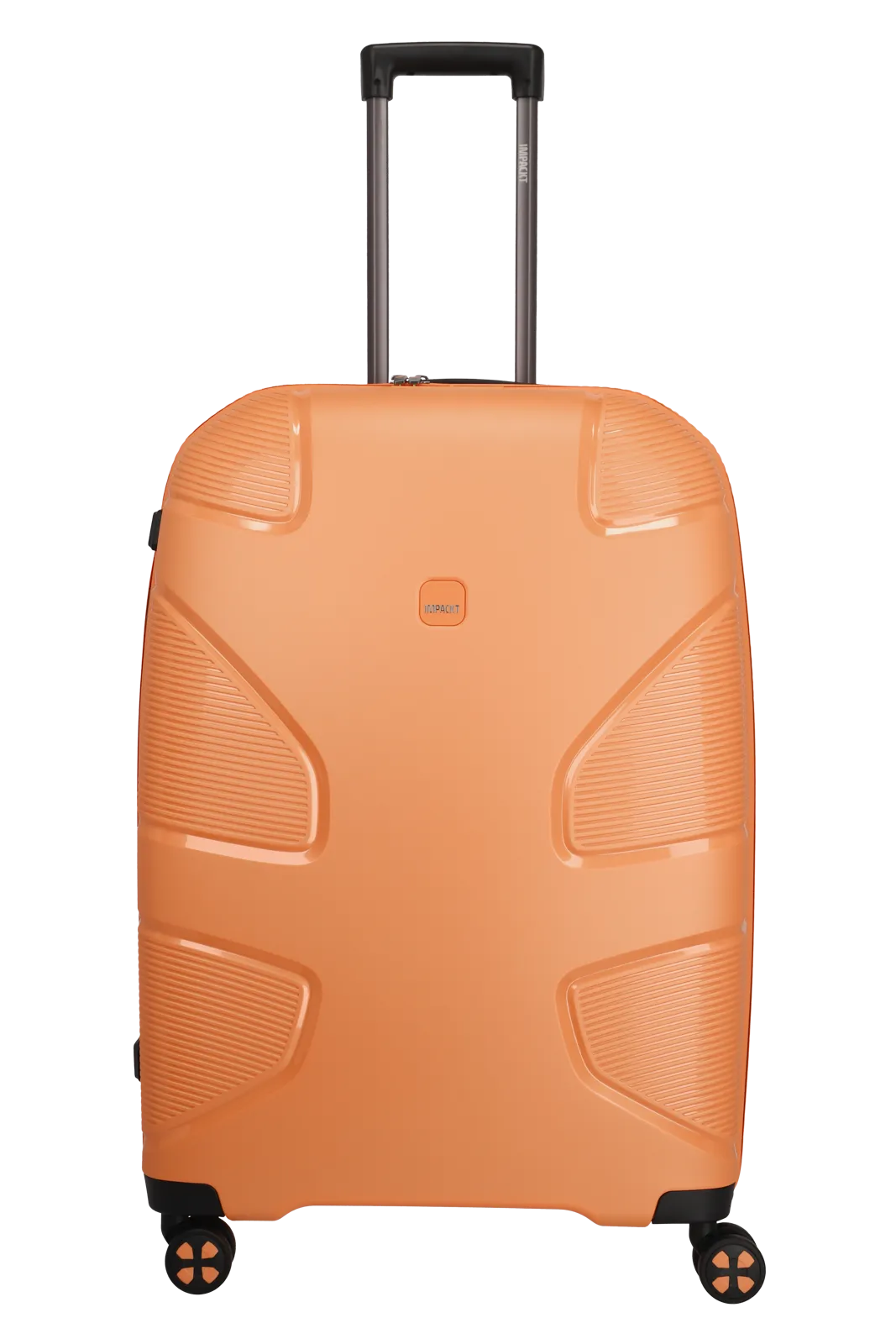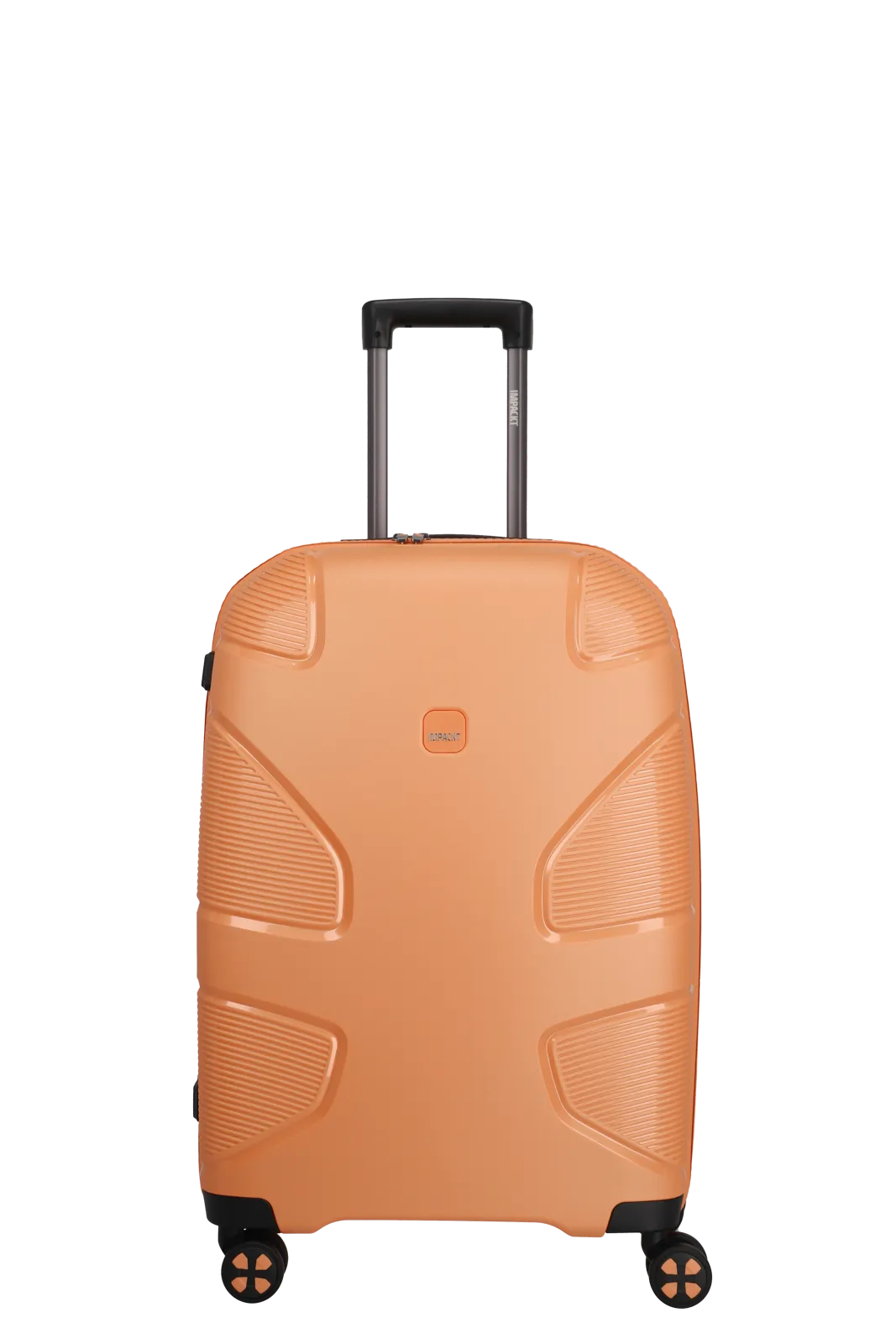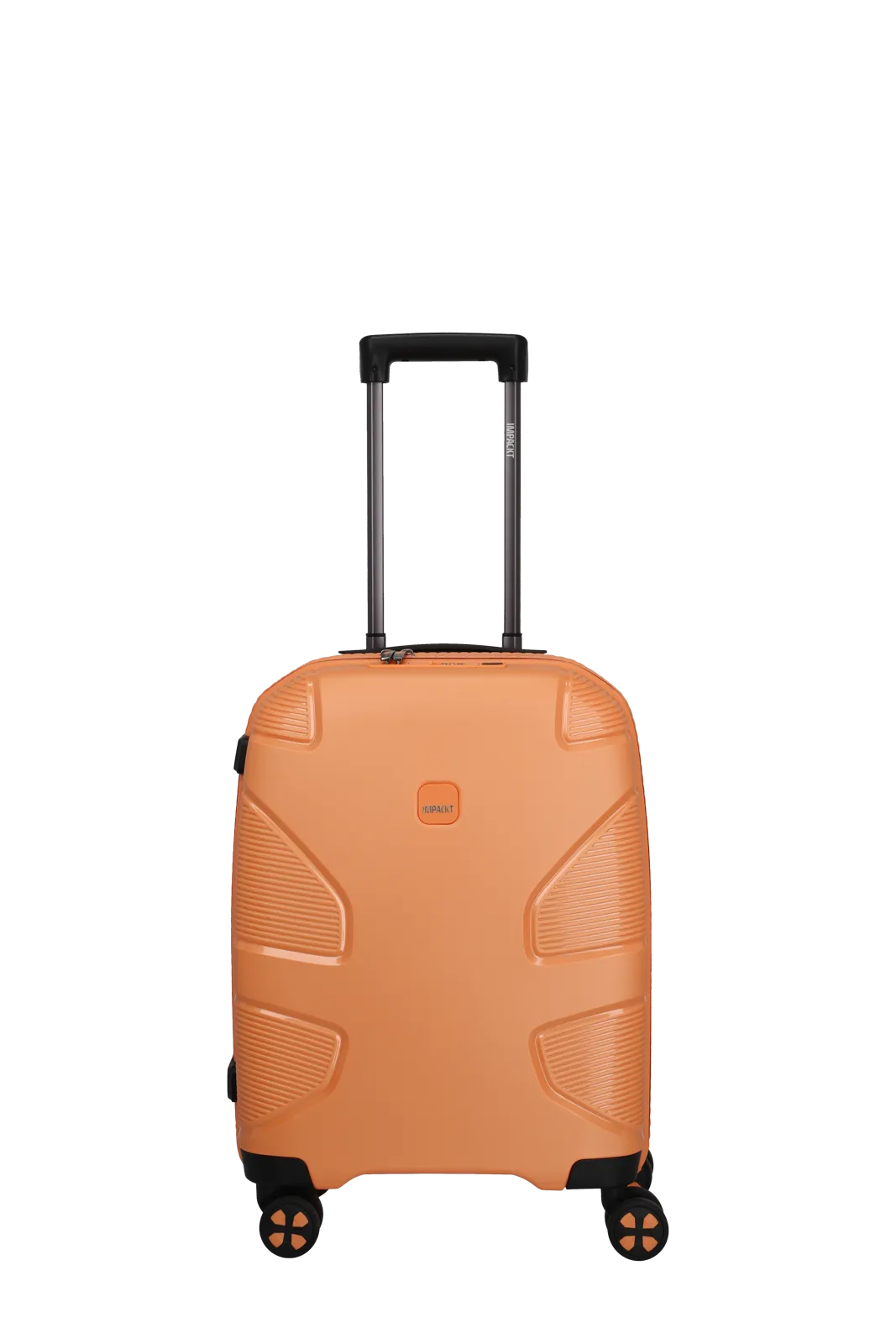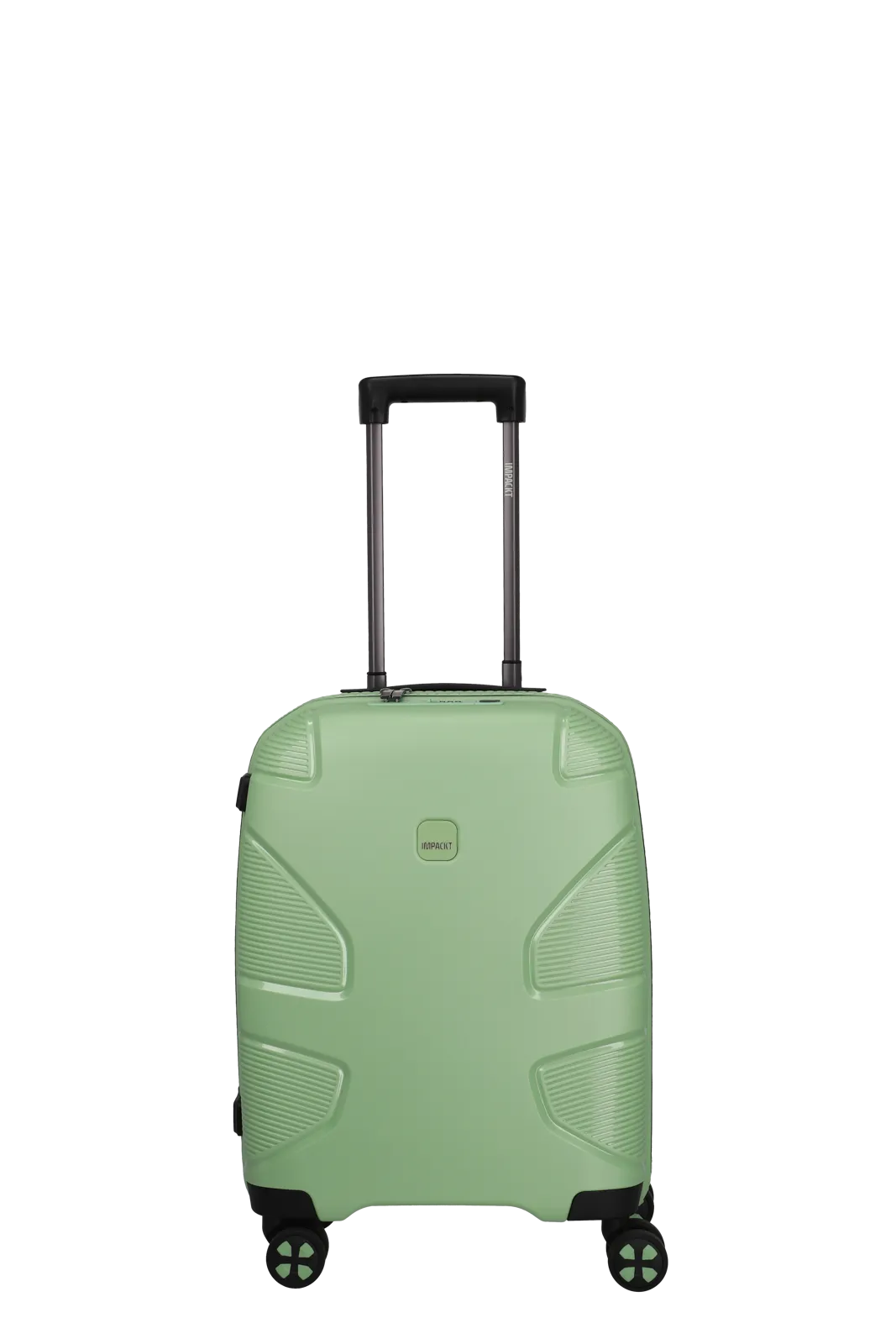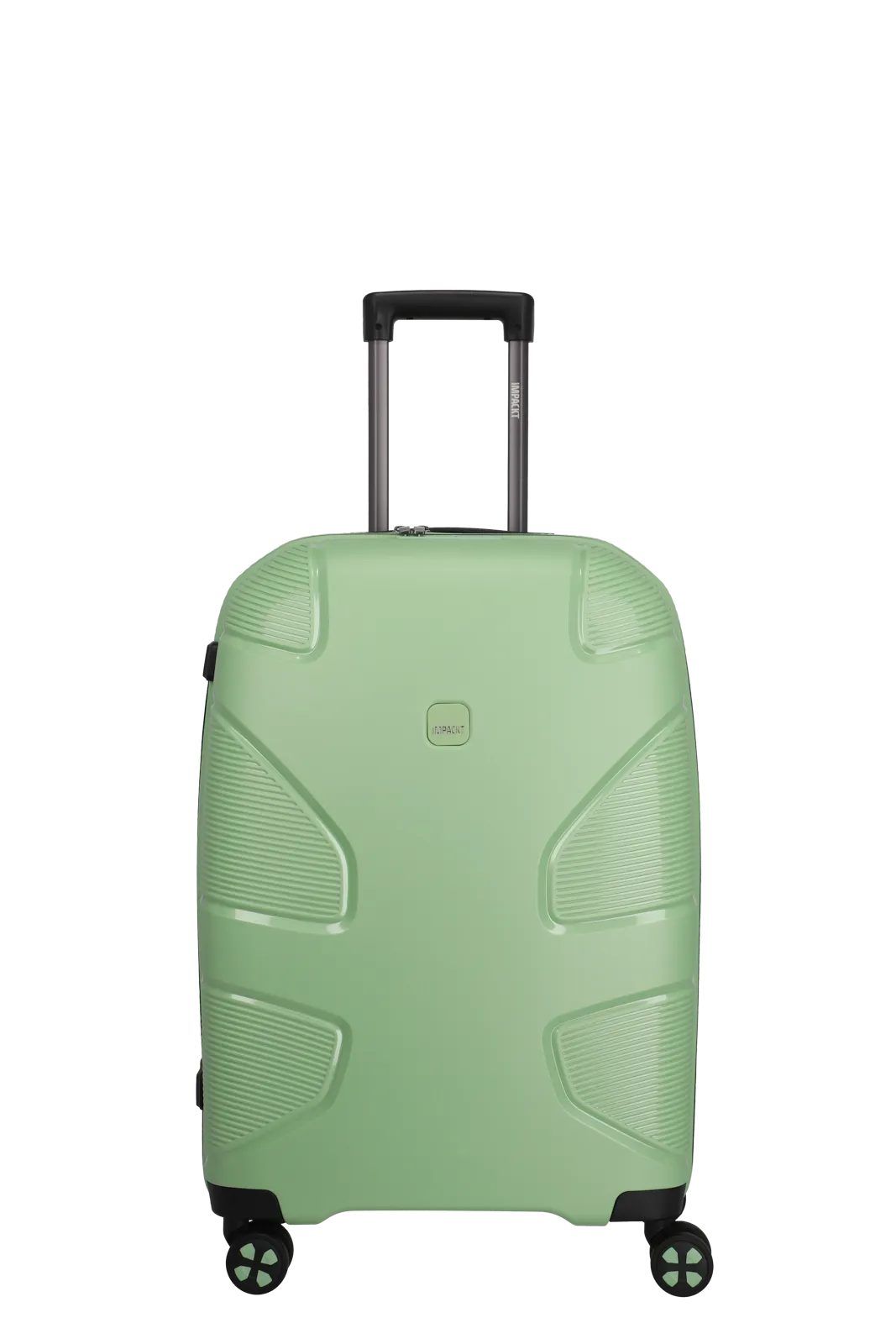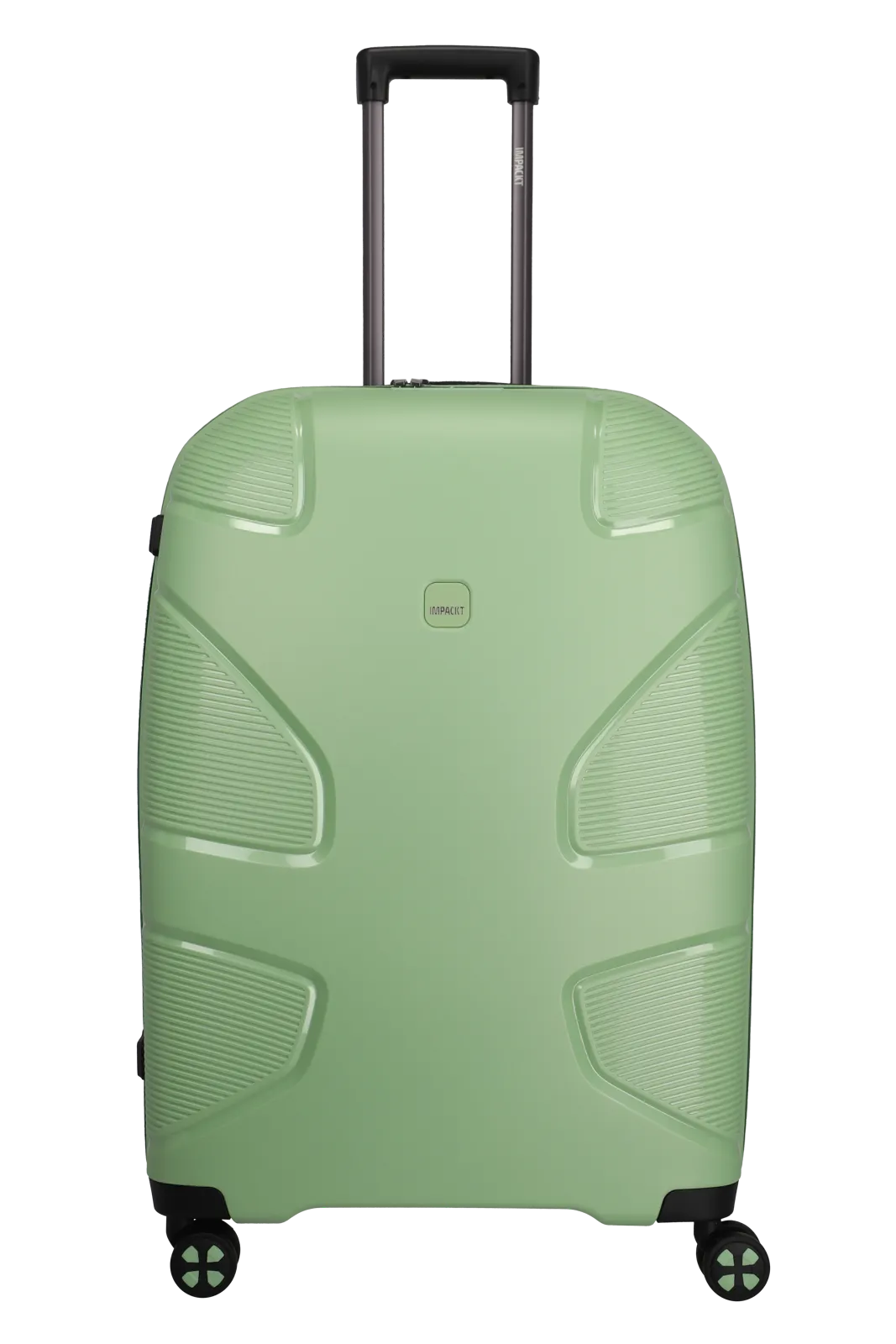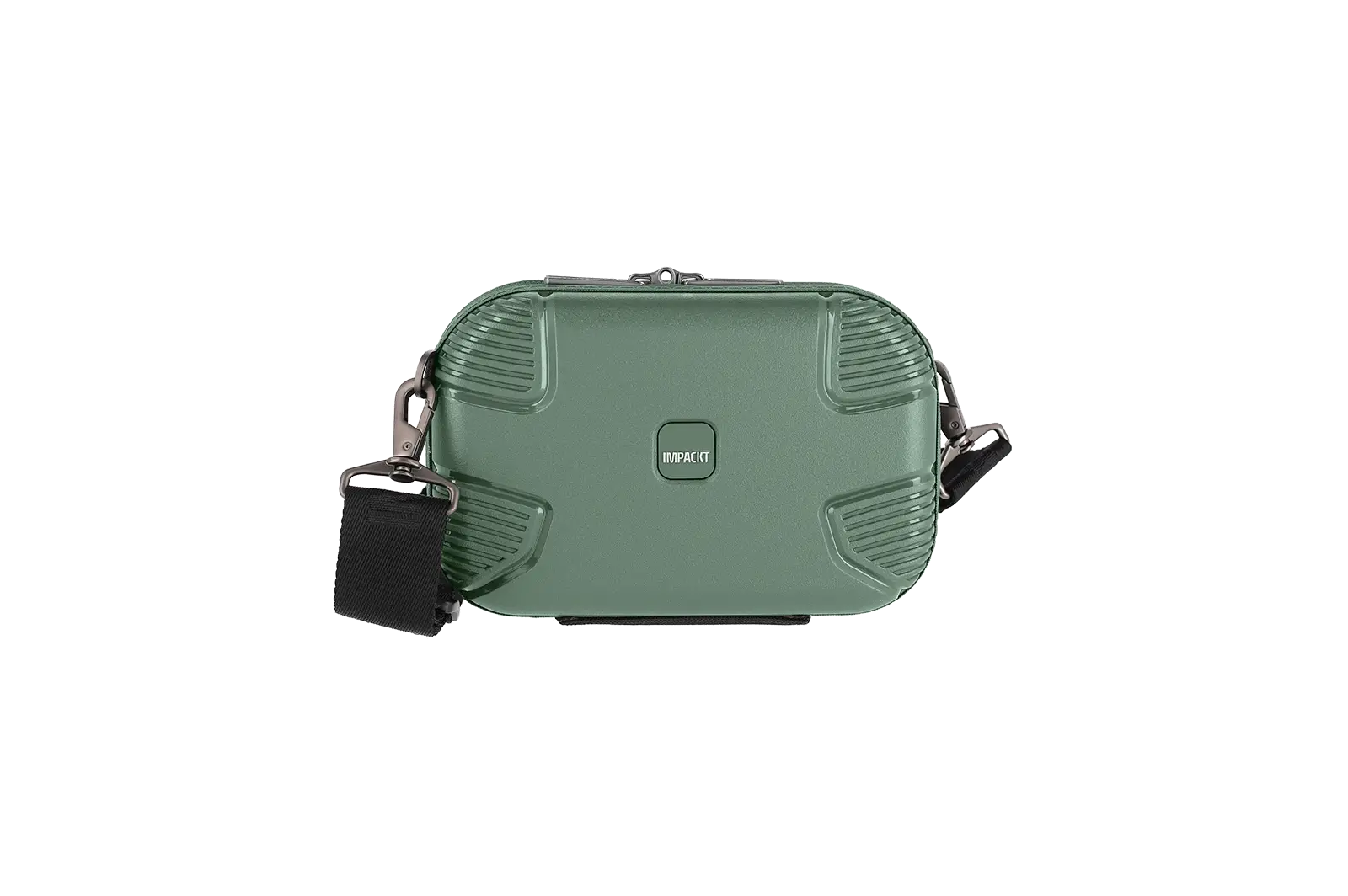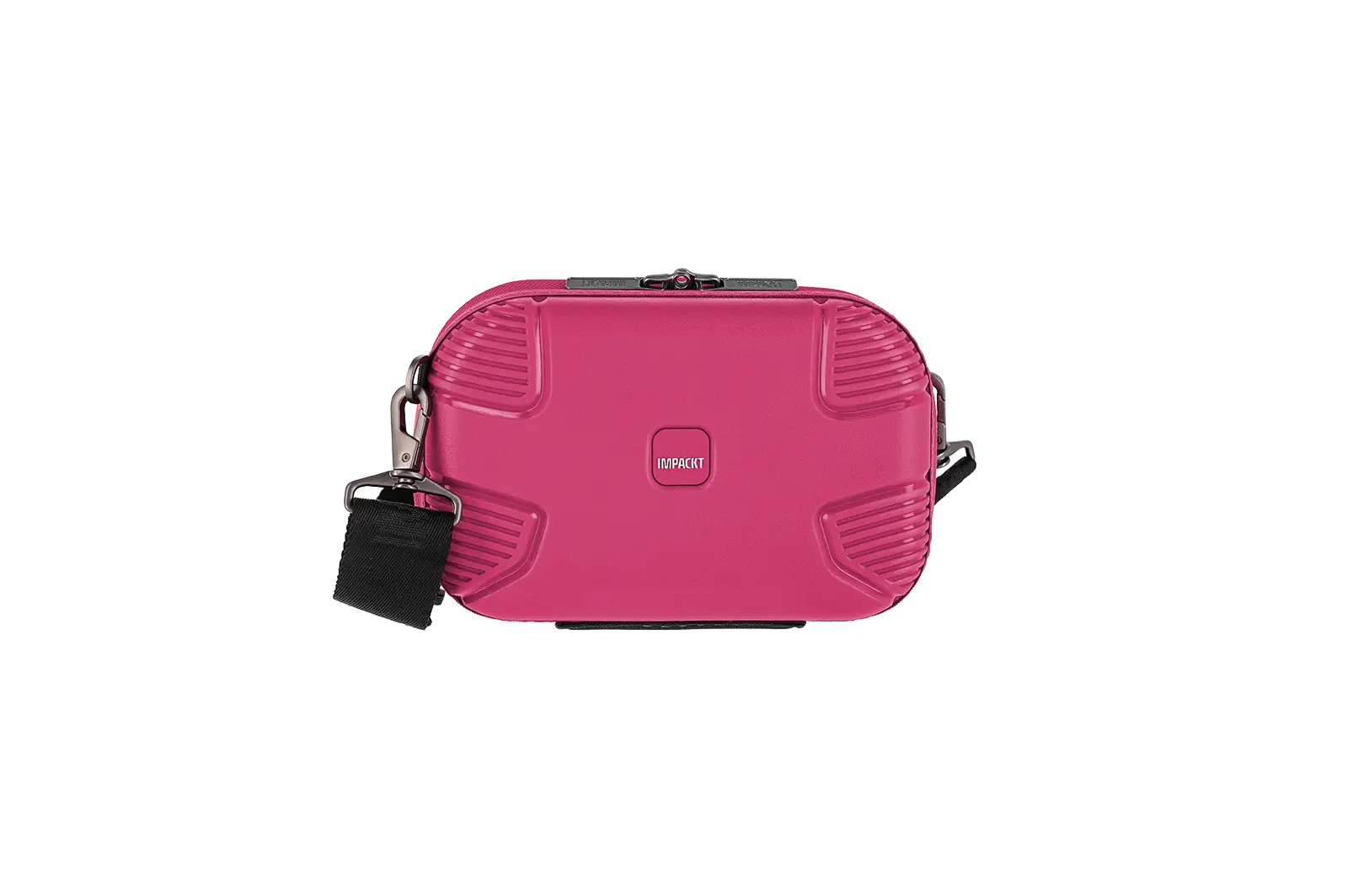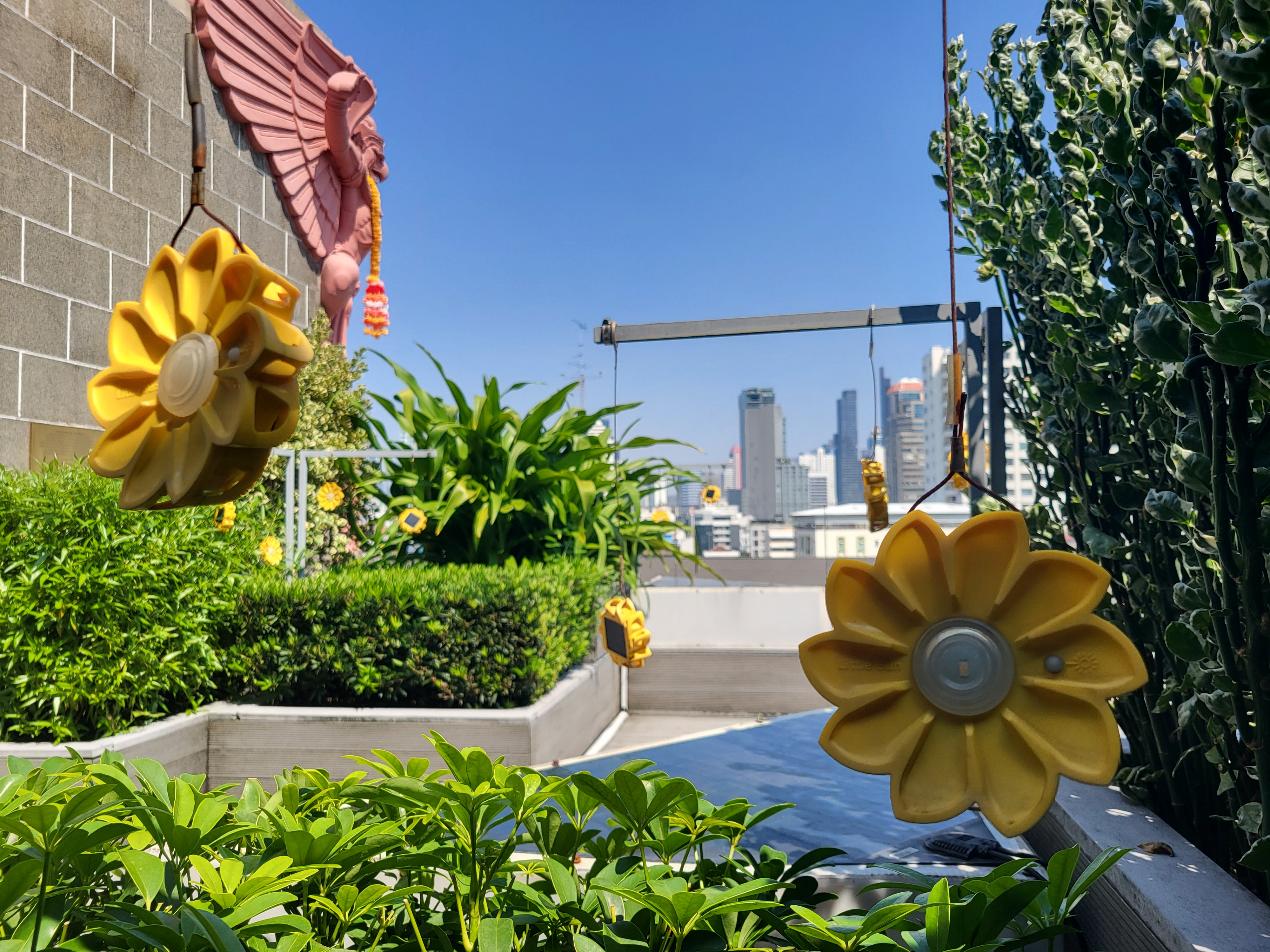

Off we go on a trip - Join Franzi on her year-long adventure around the world
"You're really living the dream," says my seatmate Mark on the flight from Munich to Abu Dhabi. To which I beam at him and reply, "Yeah, kind of."
Because a year-long adventure is about to begin for me: my sustainable trip around the world. By the way, my name is Franzi, I'm 24 years young and from now on I'll be writing about my experiences for IMPACKT. In this blog I will tell you about my time abroad: From vegan restaurant recommendations to personal stories from locals and their sustainable tips in their hometown.
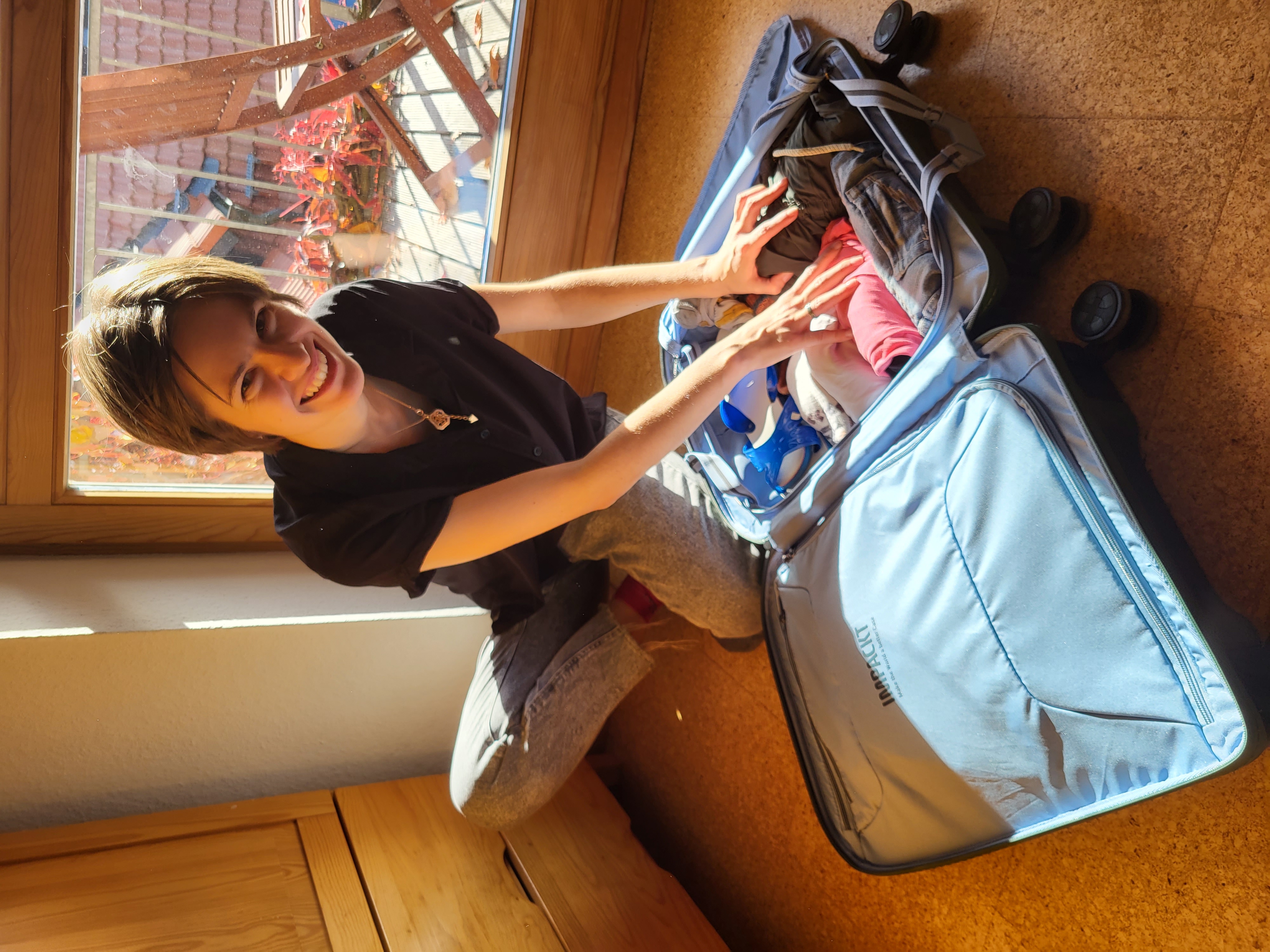

But before I could even start my adventure, a lot had to be organised. The best thing was that I didn't have to do all the research alone: my friend Florian came along. So we spent our free time planning sustainable travel routes for Southeast Asia, Latin America and Africa. About two Japanese encephalitis, two rabies and one yellow fever vaccination later, the IMPACKT suitcases were already there. And I stood in front of my stuffed wardrobe, overwhelmed. I could fit a lot into the big pink L-case, but not all of my 1001 dresses. So there was only one solution: I needed a four-page packing list.
"Just the essentials," I reminded myself sternly, "Every gram I leave there makes a difference, after all." So I calmly looked at the climate zones and thought of outfits that I could combine with each other à la the onion look. In addition, Flo and I coordinated our packing lists. So nothing was duplicated and we challenged each other even more about whether things like a travel hammock were really allowed to come along. Small spoiler: it didn't make it. My second pair of shoes, however, did. Who saves on shoes, please? I wrapped them in the plastic bags in which the IMPACKT suitcases were packed. There was a sweet reminder on them that they were welcome to be reused. Nice detail, by the way.
When it came to hygiene products, I looked for sustainable alternatives: instead of toothpaste in a tube, I grabbed my plastic-free toothpaste tablets as well as the solid shampoo instead of the liquid one in the plastic packaging. In the end, I still had a bit of space left over. Perfect for souvenirs. Like my travel-loving sister, I want to buy gifts from local and independent artists around the world from my trips abroad and give them to my friends back home. I can't wait to see what I find.
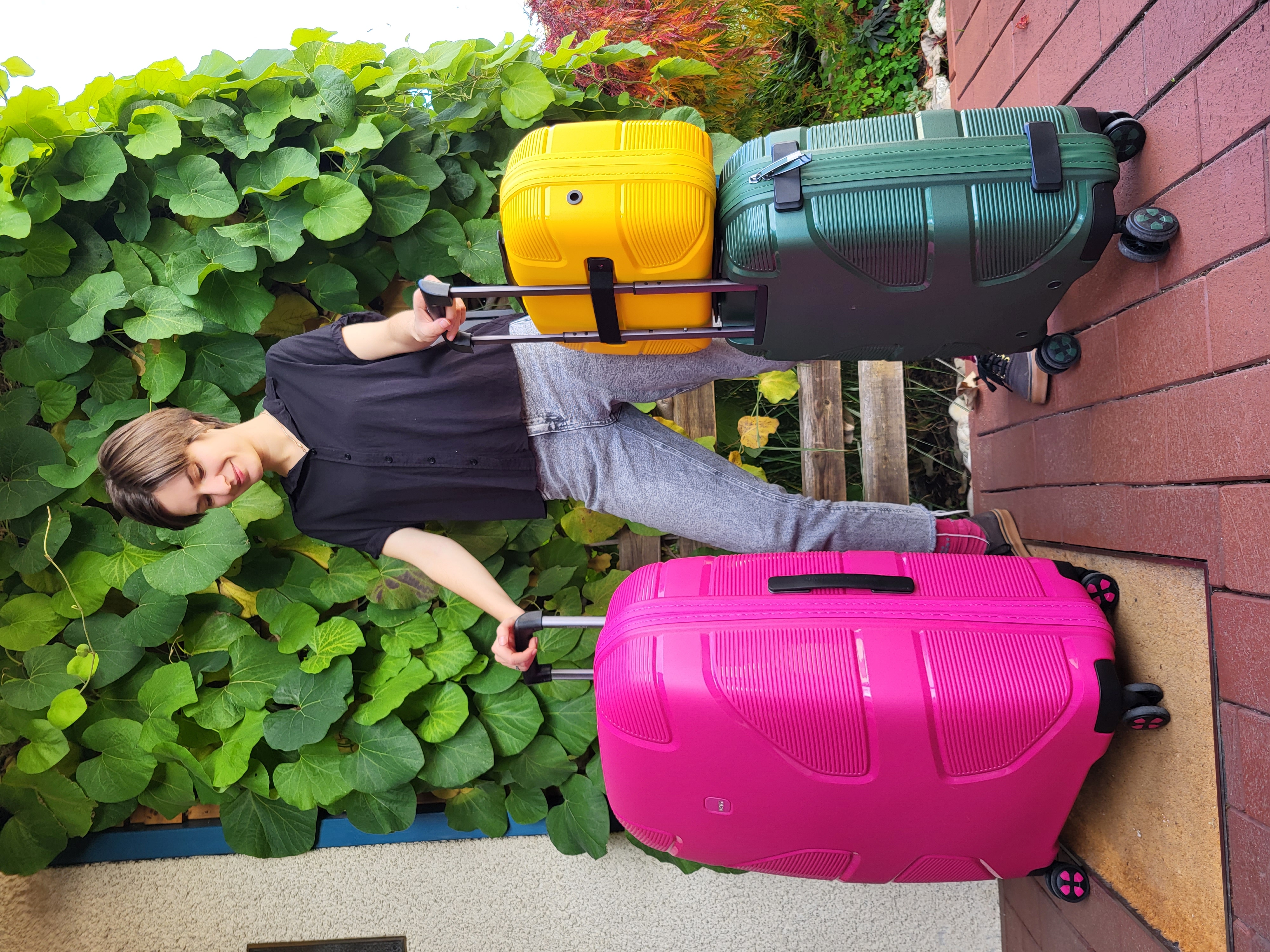 Then it was off to Munich airport. There, as already mentioned, we met Mark. While we talked, I snuggled under the blankets that were distributed to all the customers. Instead of leaving them on the plane, where they would have been disposed of directly, I simply let our blankets go with us. After all, one can always put them to good use. When we changed planes in Abu Dhabi, we said goodbye, promised to write to each other and flew on to Bangkok. When we arrived there, we had already burned 3 tonnes of CO2. Therefore, we offset our CO2 consumption with myclimate. Not only flights, but also accommodation. For the first flight of 9500 km we paid 89€. A proud price, but I am happy to accept it for the trip. And the low fixed costs in Thailand make up for it. Because here, a meal at the roadside costs about one euro. Consequently, 6 meals in Thailand make one doner kebab in Germany.
Then it was off to Munich airport. There, as already mentioned, we met Mark. While we talked, I snuggled under the blankets that were distributed to all the customers. Instead of leaving them on the plane, where they would have been disposed of directly, I simply let our blankets go with us. After all, one can always put them to good use. When we changed planes in Abu Dhabi, we said goodbye, promised to write to each other and flew on to Bangkok. When we arrived there, we had already burned 3 tonnes of CO2. Therefore, we offset our CO2 consumption with myclimate. Not only flights, but also accommodation. For the first flight of 9500 km we paid 89€. A proud price, but I am happy to accept it for the trip. And the low fixed costs in Thailand make up for it. Because here, a meal at the roadside costs about one euro. Consequently, 6 meals in Thailand make one doner kebab in Germany.
 Then it was off to Munich airport. There, as already mentioned, we met Mark. While we talked, I snuggled under the blankets that were distributed to all the customers. Instead of leaving them on the plane, where they would have been disposed of directly, I simply let our blankets go with us. After all, one can always put them to good use. When we changed planes in Abu Dhabi, we said goodbye, promised to write to each other and flew on to Bangkok. When we arrived there, we had already burned 3 tonnes of CO2. Therefore, we offset our CO2 consumption with myclimate. Not only flights, but also accommodation. For the first flight of 9500 km we paid 89€. A proud price, but I am happy to accept it for the trip. And the low fixed costs in Thailand make up for it. Because here, a meal at the roadside costs about one euro. Consequently, 6 meals in Thailand make one doner kebab in Germany.
Then it was off to Munich airport. There, as already mentioned, we met Mark. While we talked, I snuggled under the blankets that were distributed to all the customers. Instead of leaving them on the plane, where they would have been disposed of directly, I simply let our blankets go with us. After all, one can always put them to good use. When we changed planes in Abu Dhabi, we said goodbye, promised to write to each other and flew on to Bangkok. When we arrived there, we had already burned 3 tonnes of CO2. Therefore, we offset our CO2 consumption with myclimate. Not only flights, but also accommodation. For the first flight of 9500 km we paid 89€. A proud price, but I am happy to accept it for the trip. And the low fixed costs in Thailand make up for it. Because here, a meal at the roadside costs about one euro. Consequently, 6 meals in Thailand make one doner kebab in Germany. A good reason, then, to stay here in Bangkok and after a week to travel further north to Chiang Mai for two months. In the spirit of sustainability, we want to travel slowly and use fewer means of transport inland. At first glance, we will see less, but as we know, less is more. That's why, as I said, we will plan longer stays of several months in one place and get a small flat in Chiang Mai. Our first flat together, by the way. "If you're going to go for it, go for it" is our motto. Not only for our relationship. Because besides the normal travelling, we have a lot more on our sustainable to-travel list: Instead of road trips, hiking routes around Chiang Mai, for example, are the order of the day. We also want to make local friends and learn more than just the basics of the respective language. But that's not all. We want to dive even deeper into the culture. For this, we will visit local projects such as cooking classes led by locals and eat street food. But sustainability does not end with food. For us, it also means protecting nature and focusing on animal welfare. In concrete terms, this means that we only want to pet fairly kept elephants in Thailand. Furthermore, later on in the world tour we will only go on safaris where the animals can live happily.
But for now we have arrived in Bangkok. Finally. First breakfast. We spontaneously go to the "Baba Mama Kafe" around the corner. There we immediately find our next friends: the two funny dogs "Taji" and "Joji". As a farewell, "Joji" gives me a big doggy kiss on the cheek and Flo is immediately kissed by both of them. If that's not a welcoming committee in Bangkok, I don't know what is. We happily continue to the co-working space "Thailand Creative & Design Center". The best thing about it is the publicly accessible roof terrace with a view over Bangkok. There I discover sustainable lamps in the shape of a yellow flower that charge themselves with the help of solar panels. On the side I find a short explanatory text about these flowers. "Little sun" is the name of this innovative art project. The Icelandic-Danish designer Ólufar Éliasson developed the little sun for open-space activities of city dwellers. At the same time, this luminous flower is also a light for children who do not have enough electricity at home for learning. Depending on the light intensity and heat, the lamp can shine for 4-50 hours while the students can do their homework.
Back inside the co-working space, I google the project more closely. When I come across Éliasson's website, I know that I have found exactly the right workplace to write my first blog article. Because there on the homepage it says: "Little sun, big impact." With this in mind: see you next time.
Yours,
Franzi

